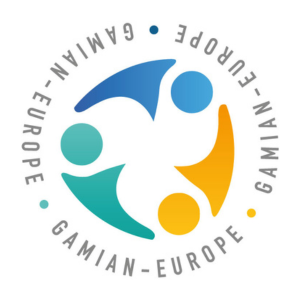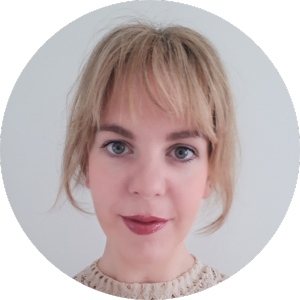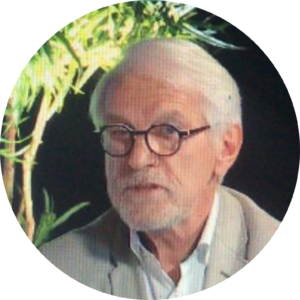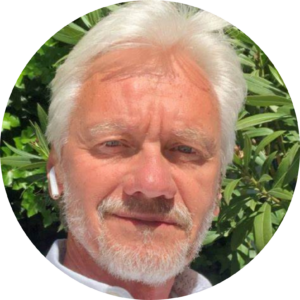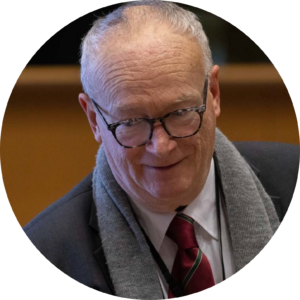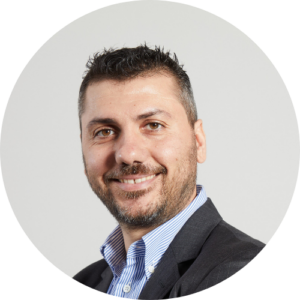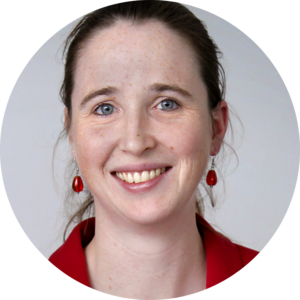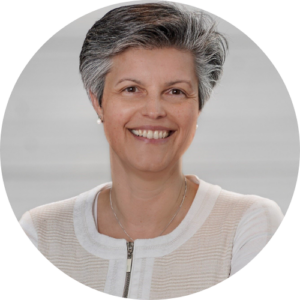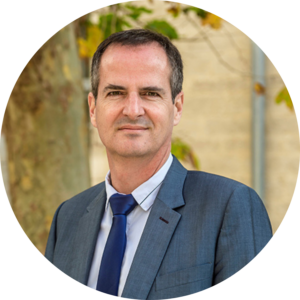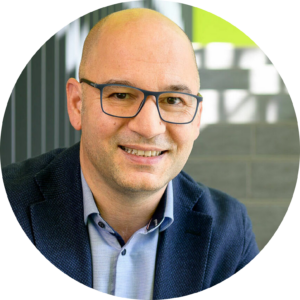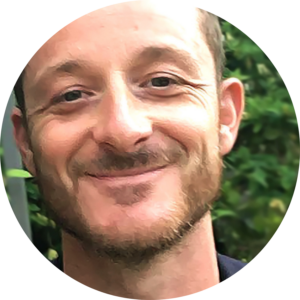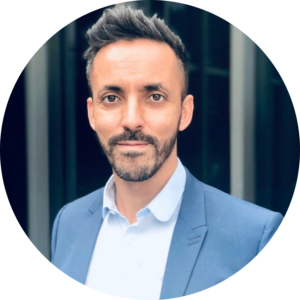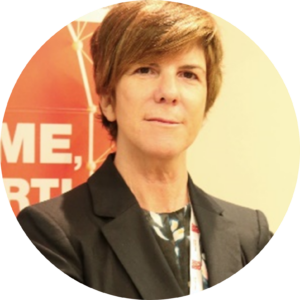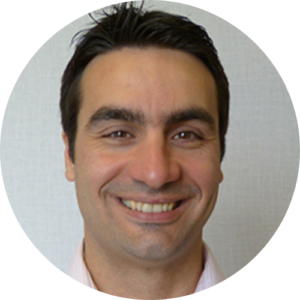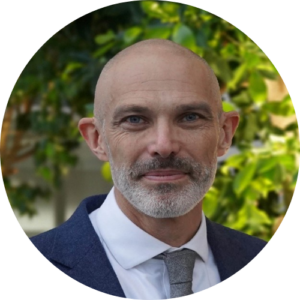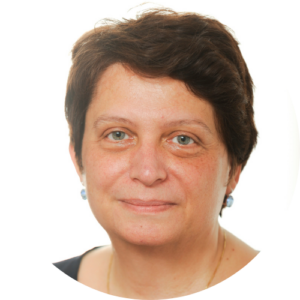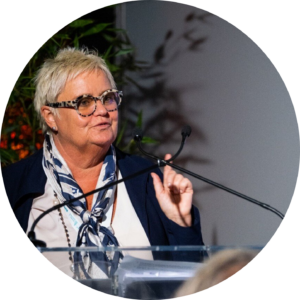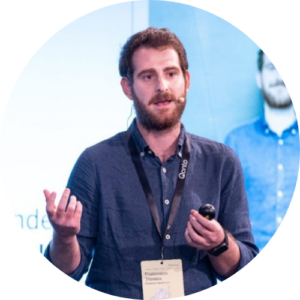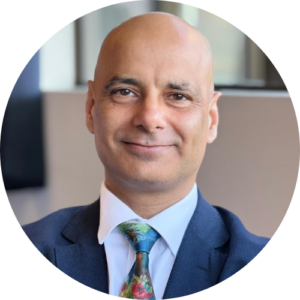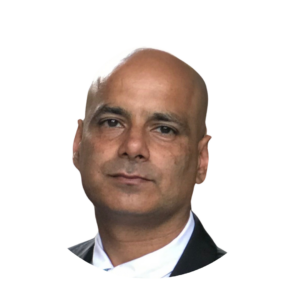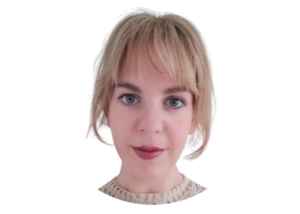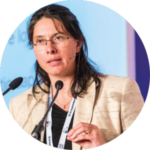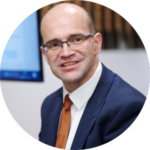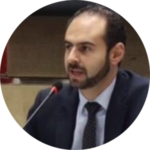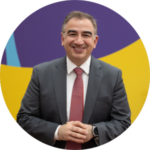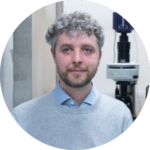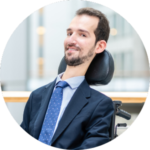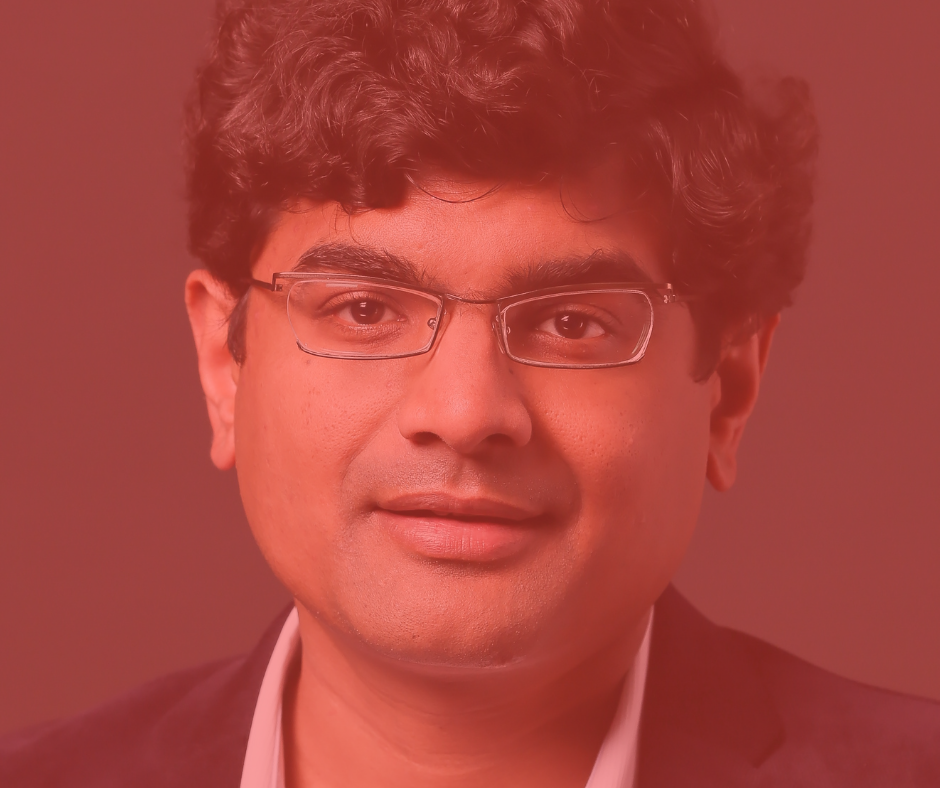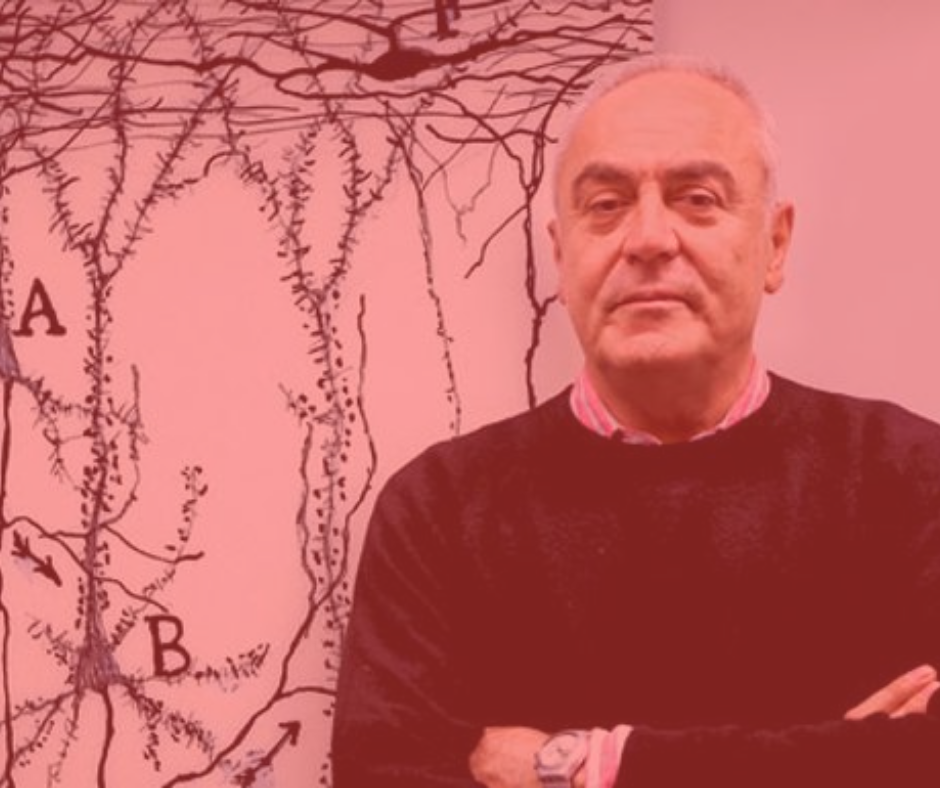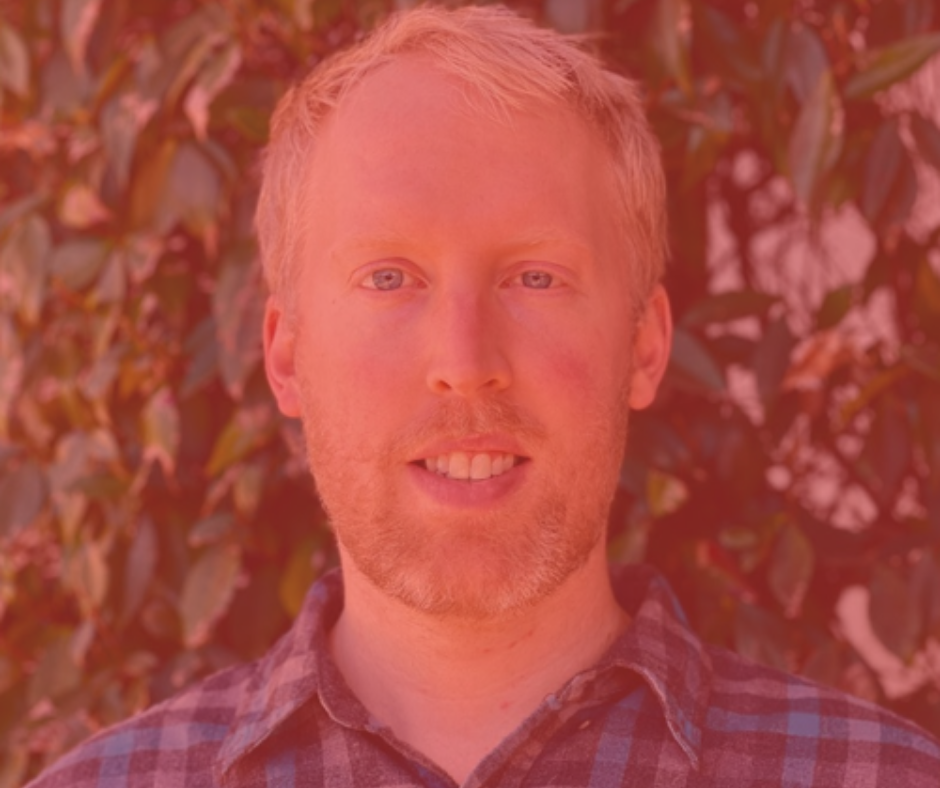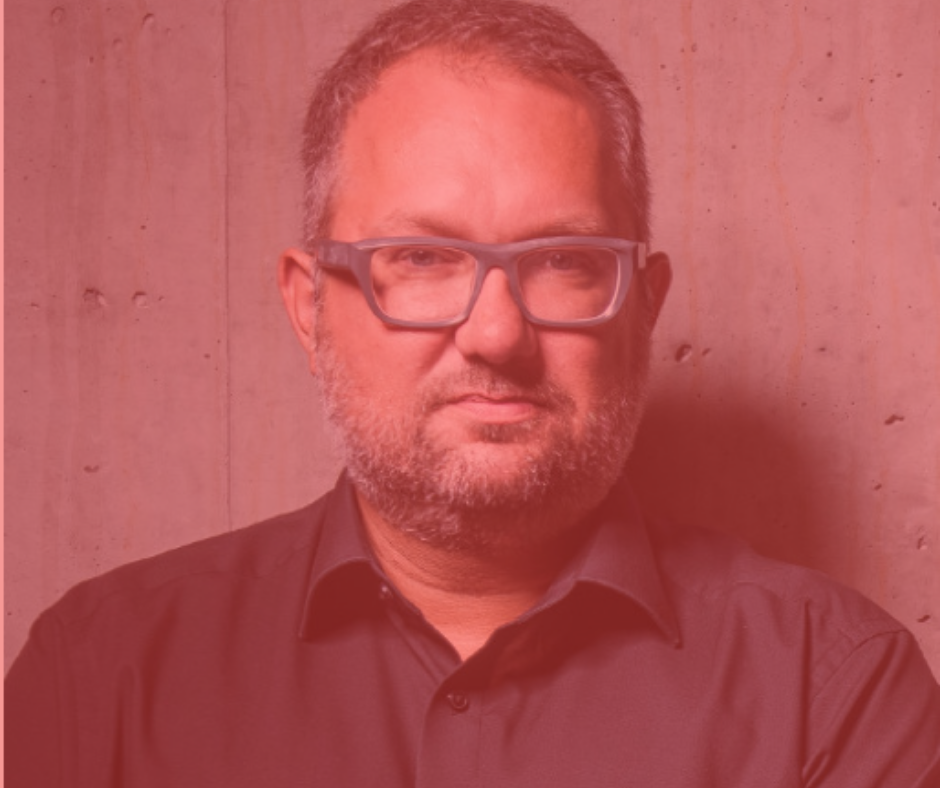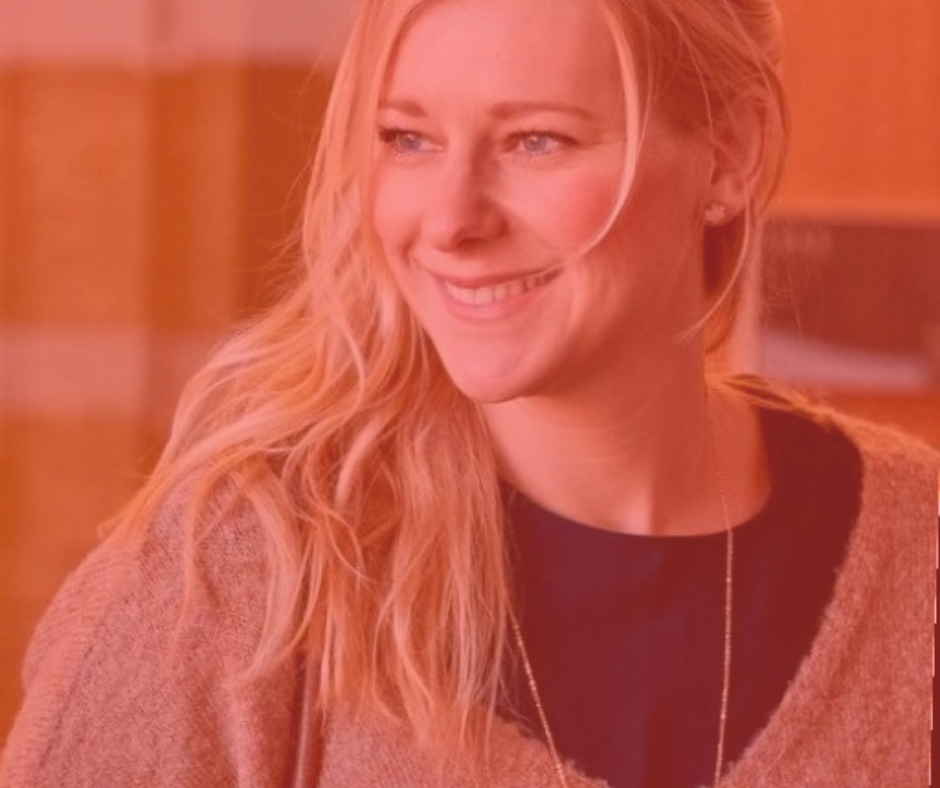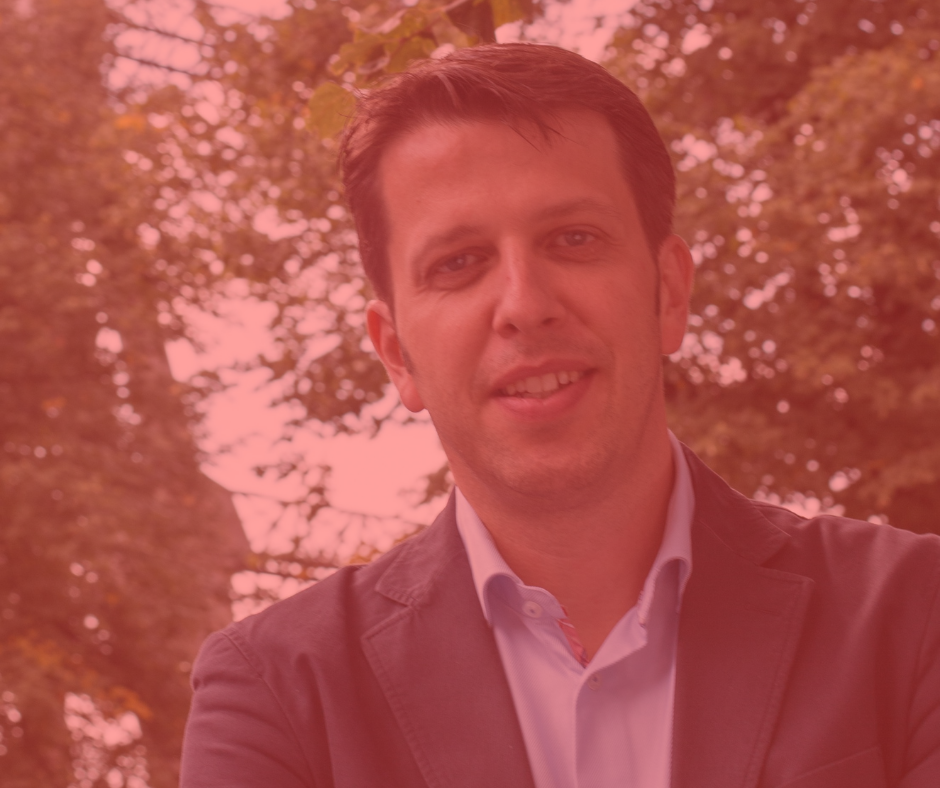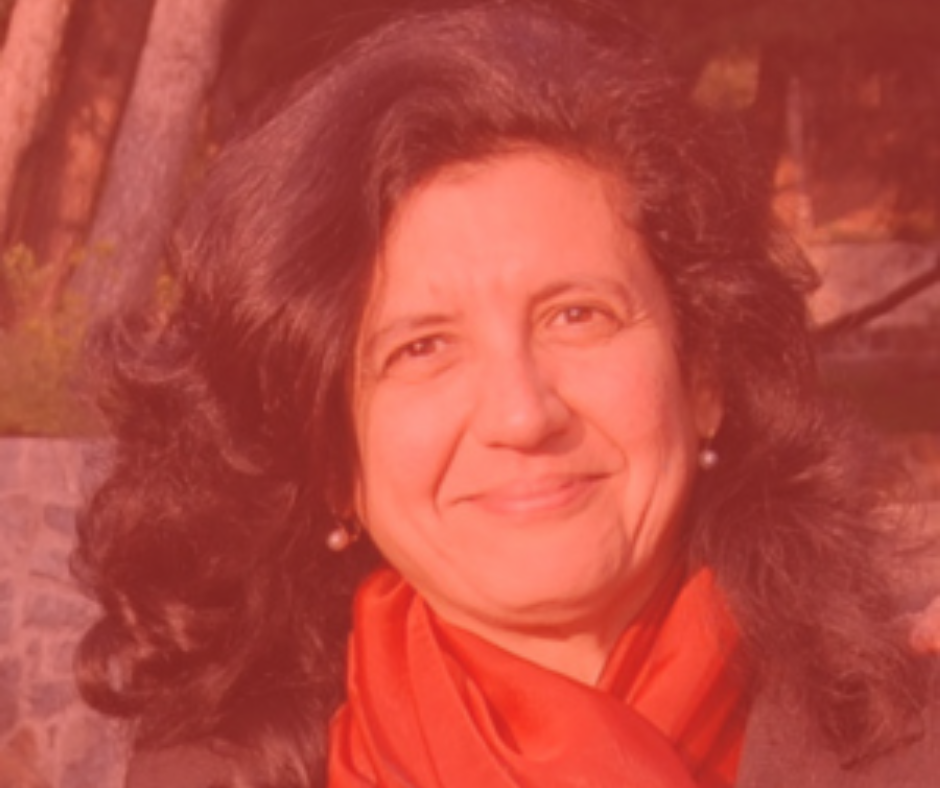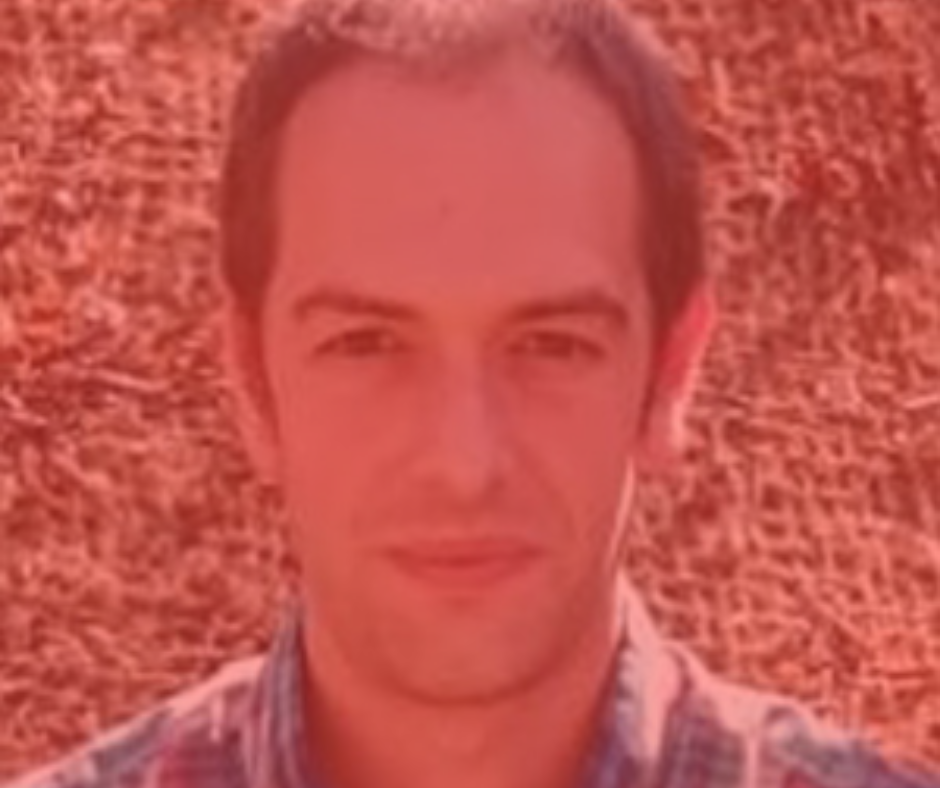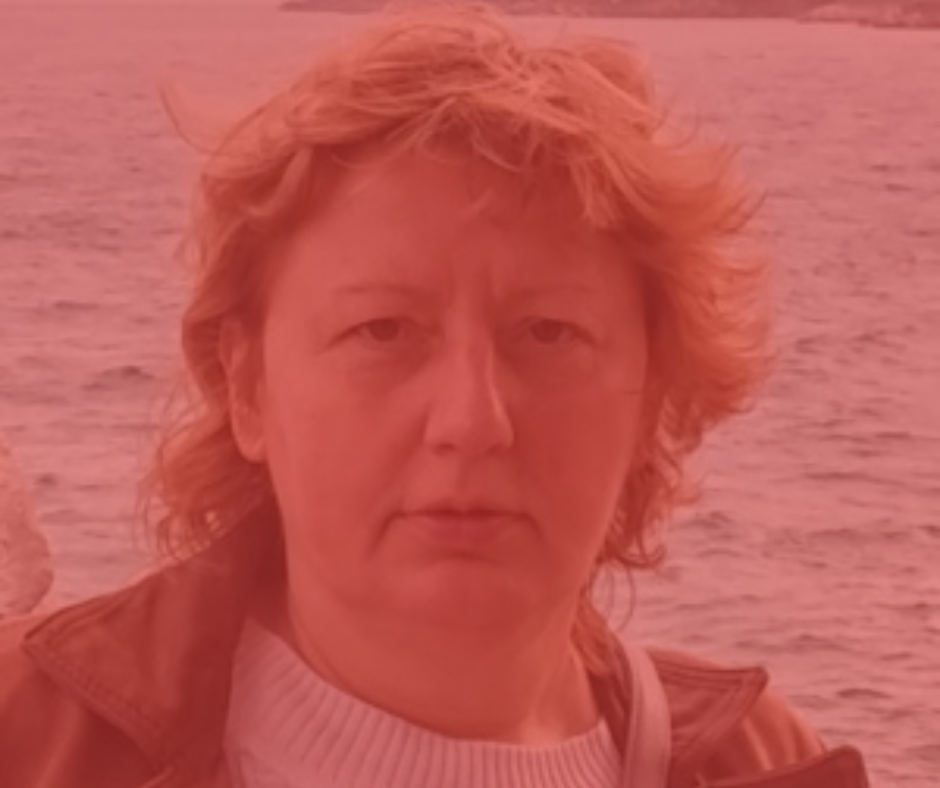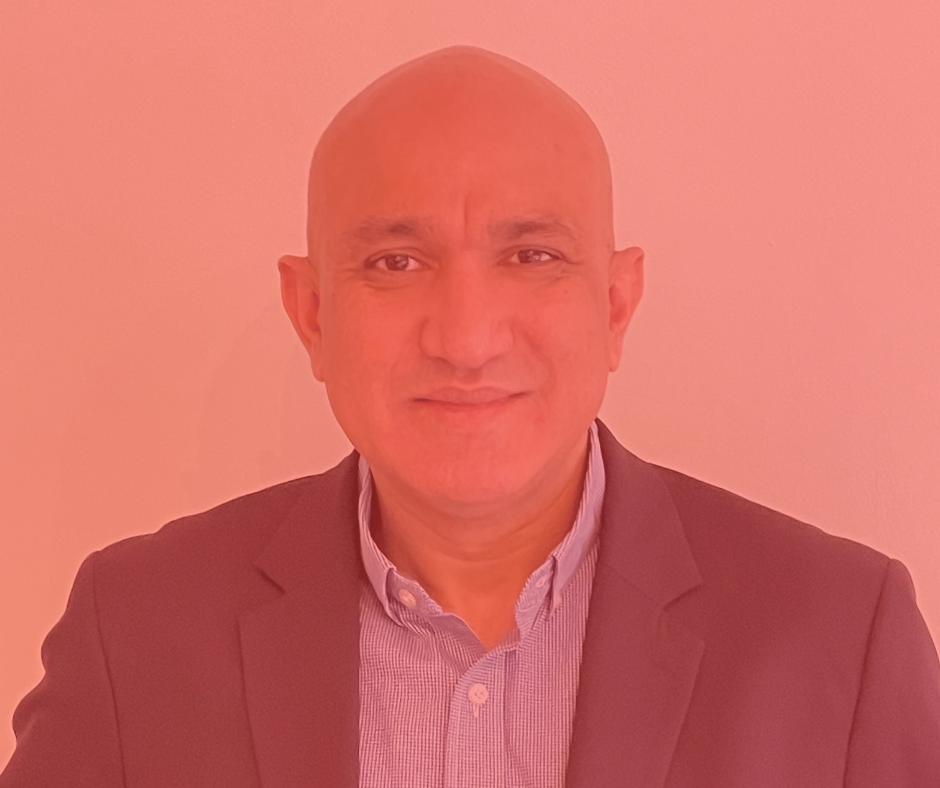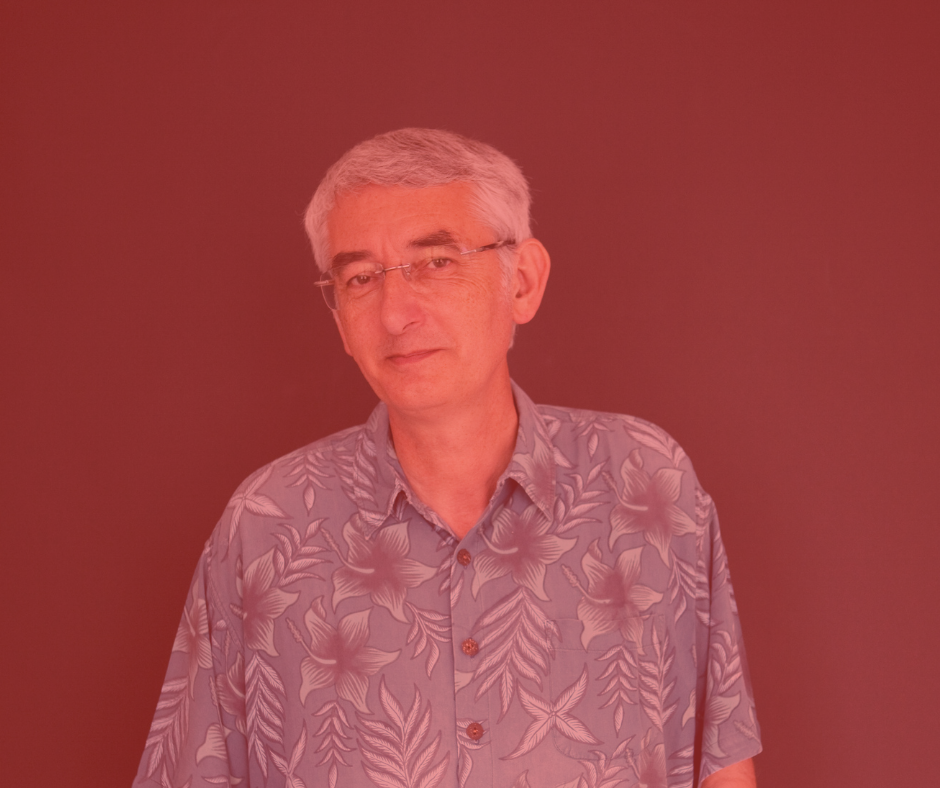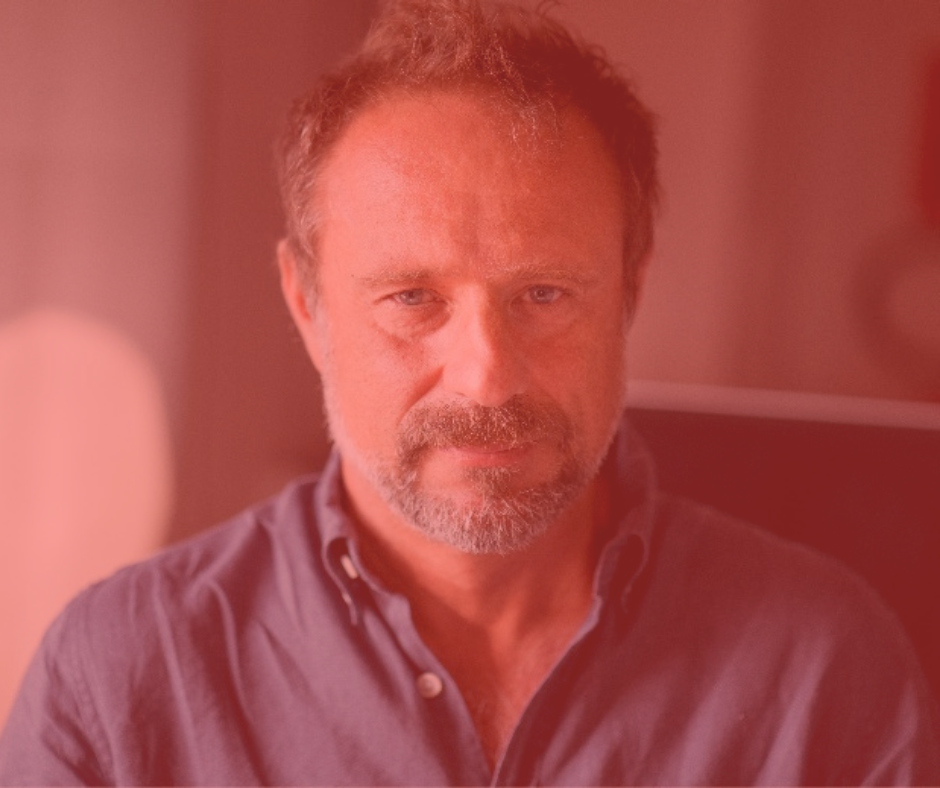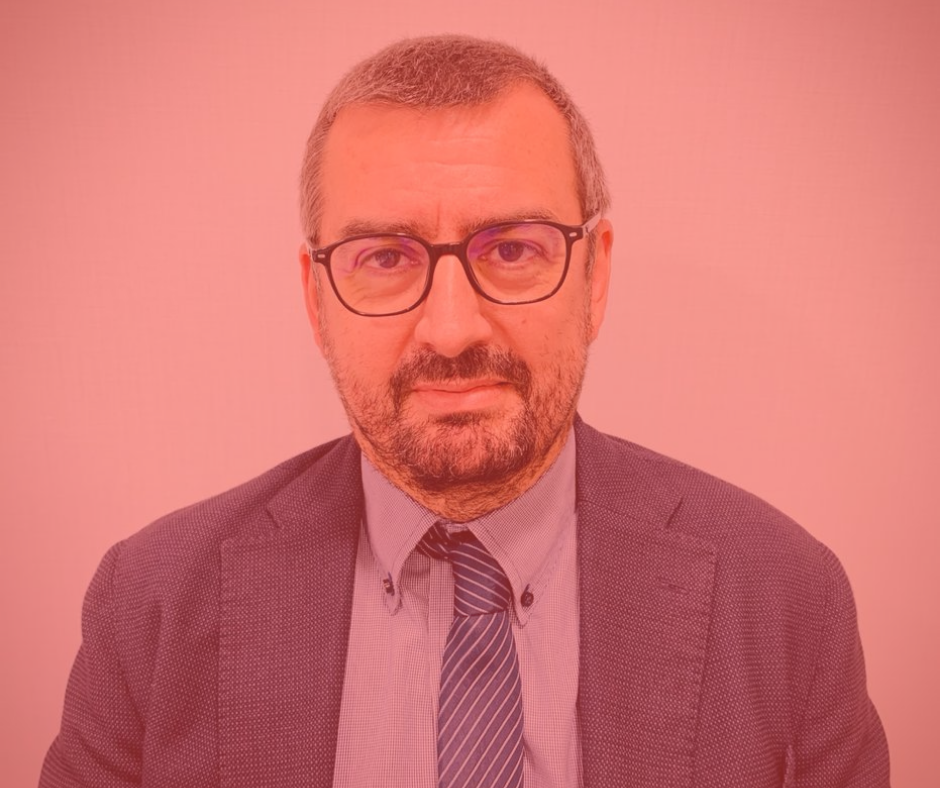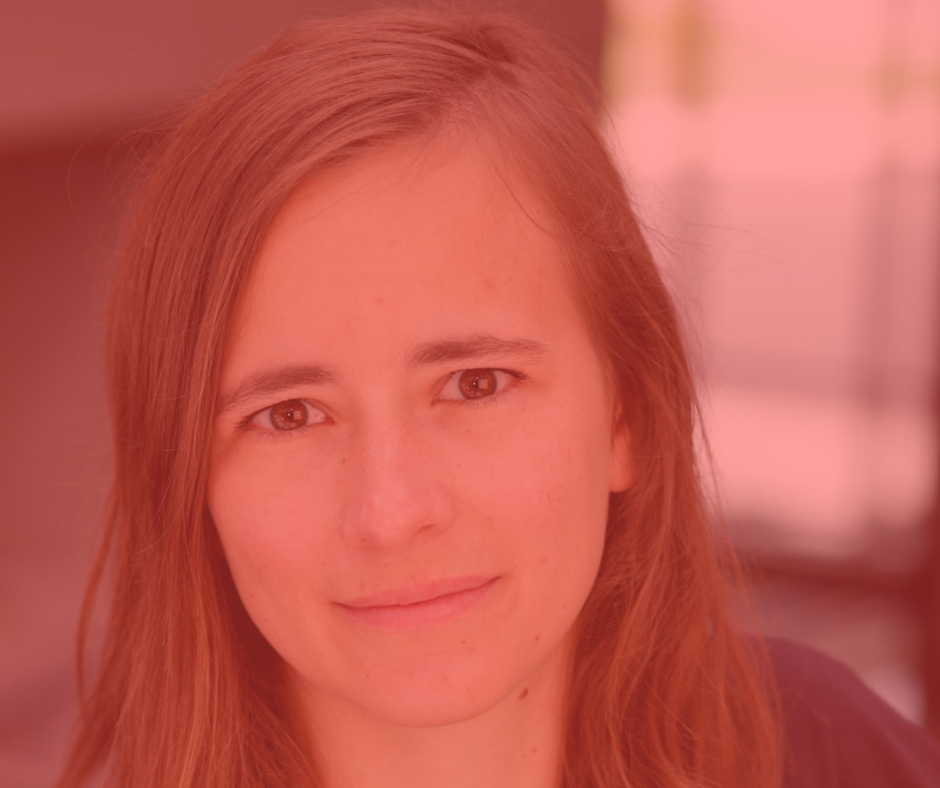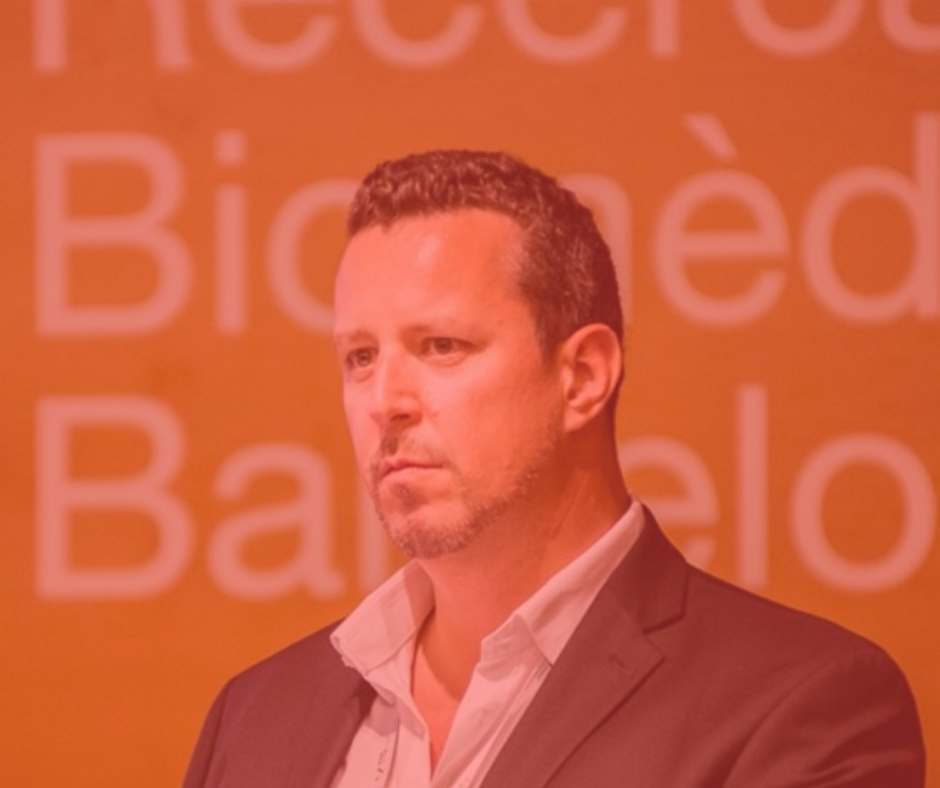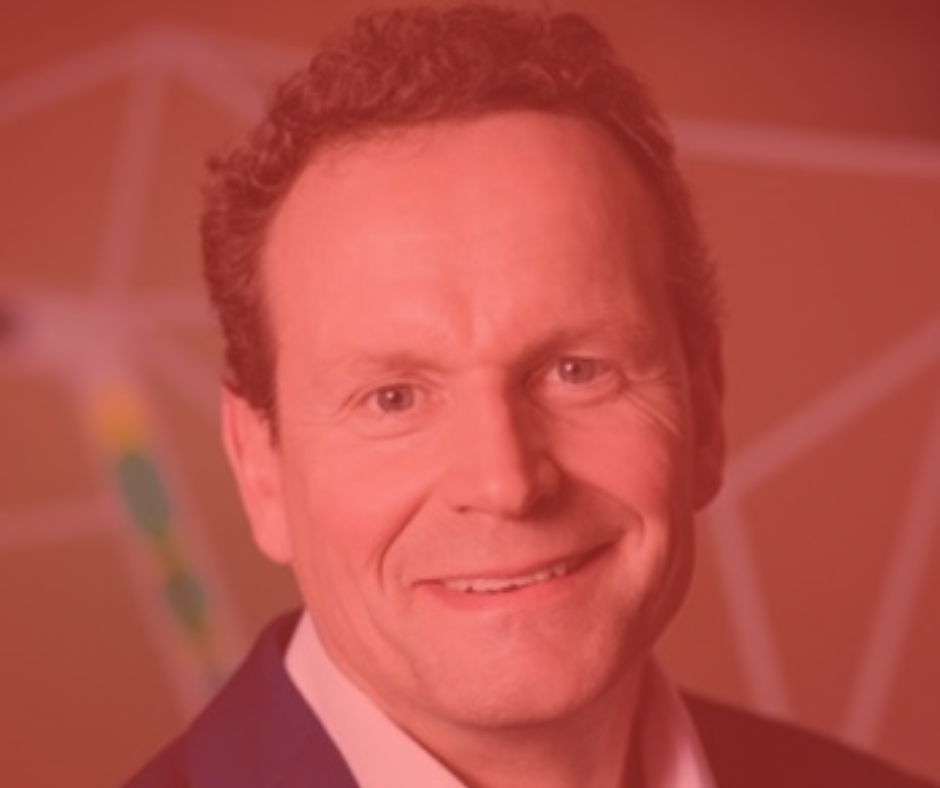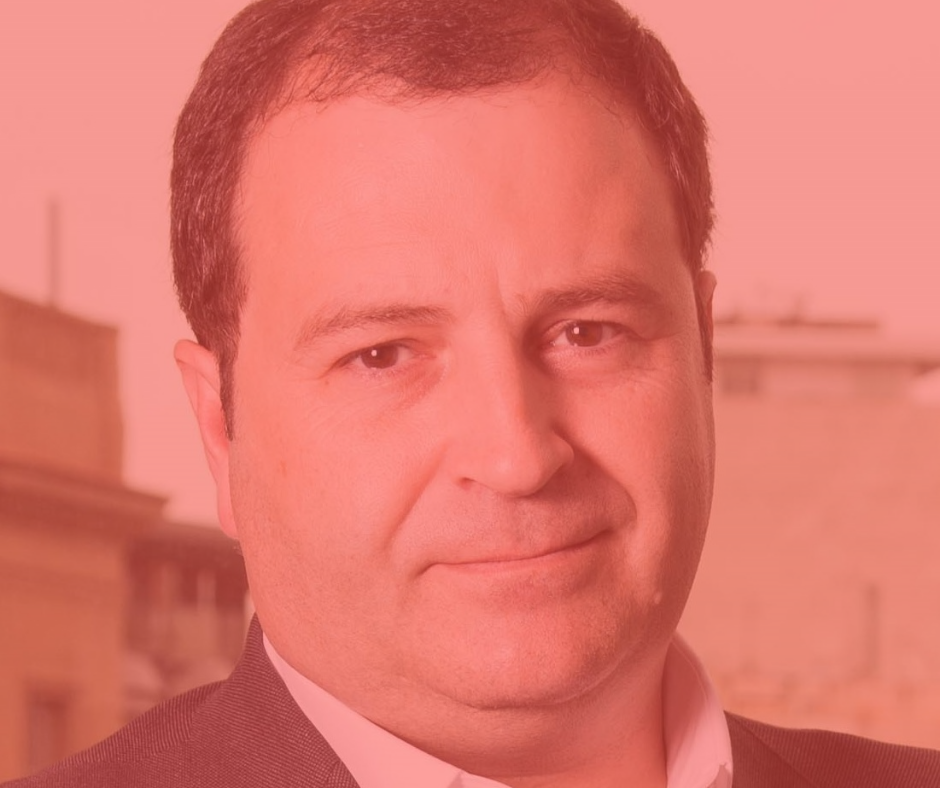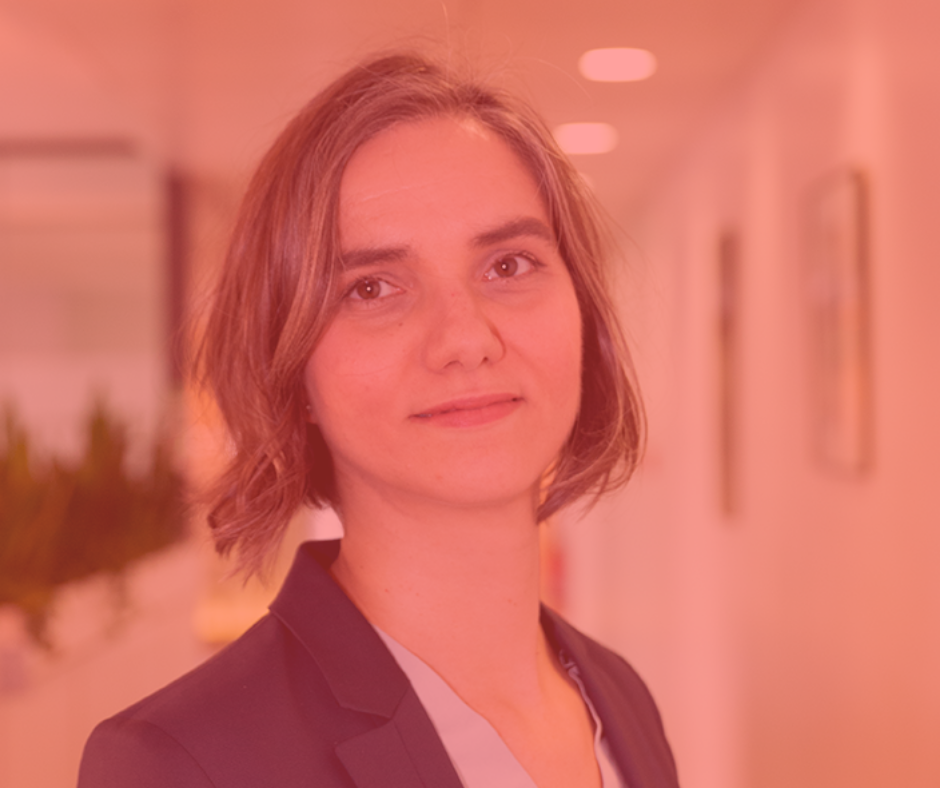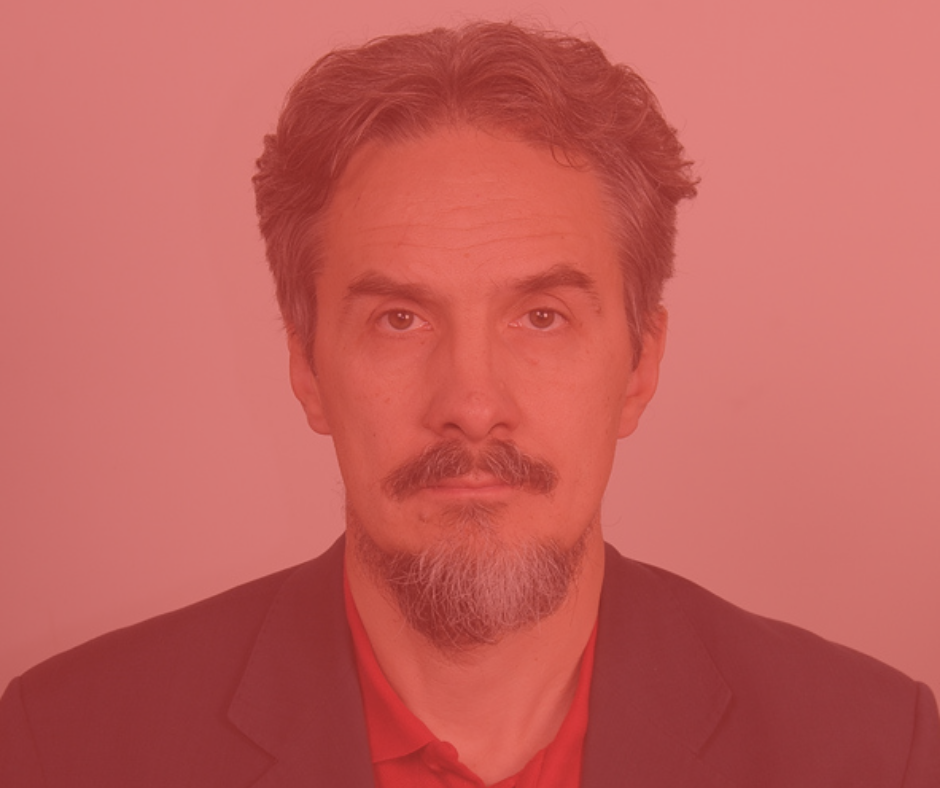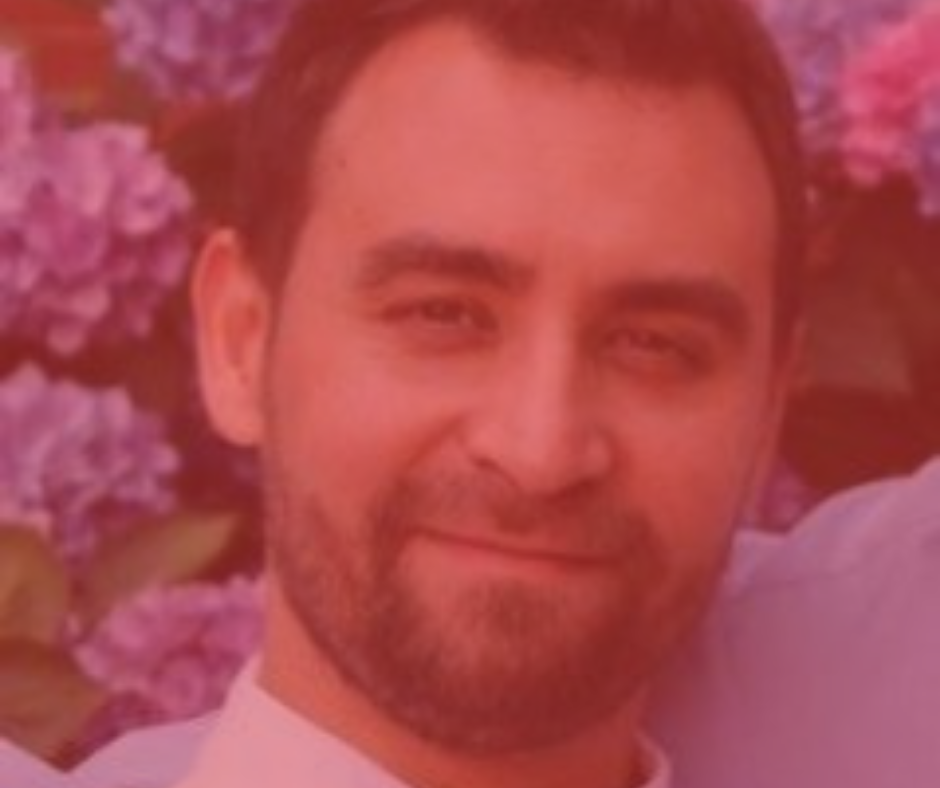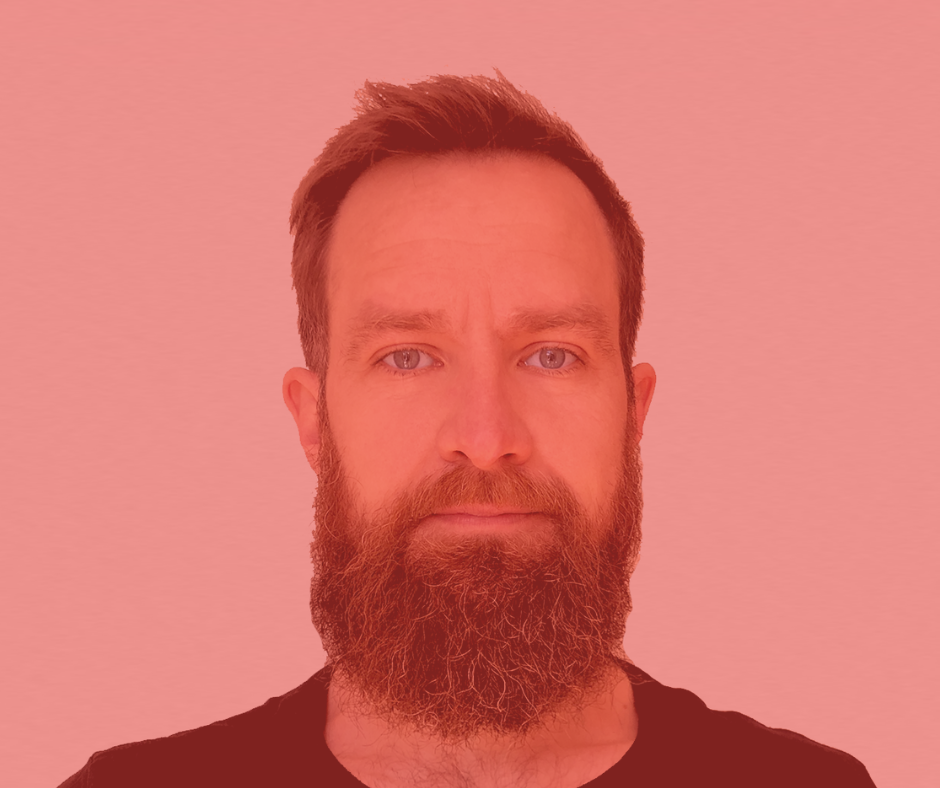Innovation Hall - Posters & Showcase
The Brain Innovation Hall is the place to be in order to showcase and discuss your project and/or innovation with the high-level array of stakeholders attending the Brain Innovation Days. The main vein of the event venue, the Innovation Hall will be where the discussion happens outside of plenary presentations — a spot in the space will be vital to ensure you are visible throughout the two days!
Discover the "Mental Camouflage" Exhibition
Artist Helen Uvarenko will present her latest series, “Mental Camouflage,” which delves into the intricacies of mental health, identity, and human resilience. Through the mixed media works, Helen explores the tension between what we choose to reveal and what we conceal, addressing themes of inner strength, vulnerability, and survival. Influenced by her personal journey and the interplay between trauma and self-preservation, the pieces aim to provoke thought on how we navigate our emotional landscapes. Her art encourages viewers to uncover hidden layers within themselves, inviting reflection and discussion on the complexities of the human mind.
Discover the Photo Exhibition
At Brain Innovation Days 2024, photographer and artist Kim Cappart will present an immersive two-day exhibition that engages attendees in a collaborative exploration of visual perception and confirmation bias. Through abstract photography, Kim invites participants to assign personal meanings to her images, revealing how our preconceptions and experiences shape our interpretations. The exhibition creates a dynamic space for viewers to reflect on the ways in which we seek patterns, reinforce beliefs, and form connections, offering a thought-provoking glimpse into the psychology of perception and memory.
Discover the Showcasers & Posters
The Brain Innovation Hall is the place to be in order to showcase and discuss your project and/or innovation with the high-level array of stakeholders attending the Brain Innovation Days. The main vein of the event venue, the Innovation Hall will be where the discussion happens outside of plenary presentations — a spot in the space will be vital to ensure you are visible throughout the two days!
Experience Virtual Reality!
The attendees will have a chance to try an innovative tool, developed by Alexion Pharmaceuticals, Inc., for immersive and interactive education, that simulates daily challenges of those living with myasthenia gravis & neuromyelitis optica.
And the 2024 Winners
for the Best Poster and Best Innovation Showcase are...
Posters
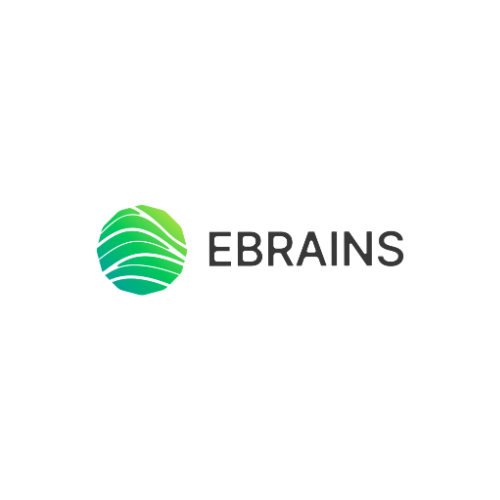
EBRAINS
A Holistic Research Infrastructure for FAIR Brain Science

Lyuba Zehl
Keywords: digital research infrastructure, FAIR principle, RRI principles, open science, collaborative science
The Optimal Source of Mesenchymal Stem Cells for Spinal Cord Regeneration
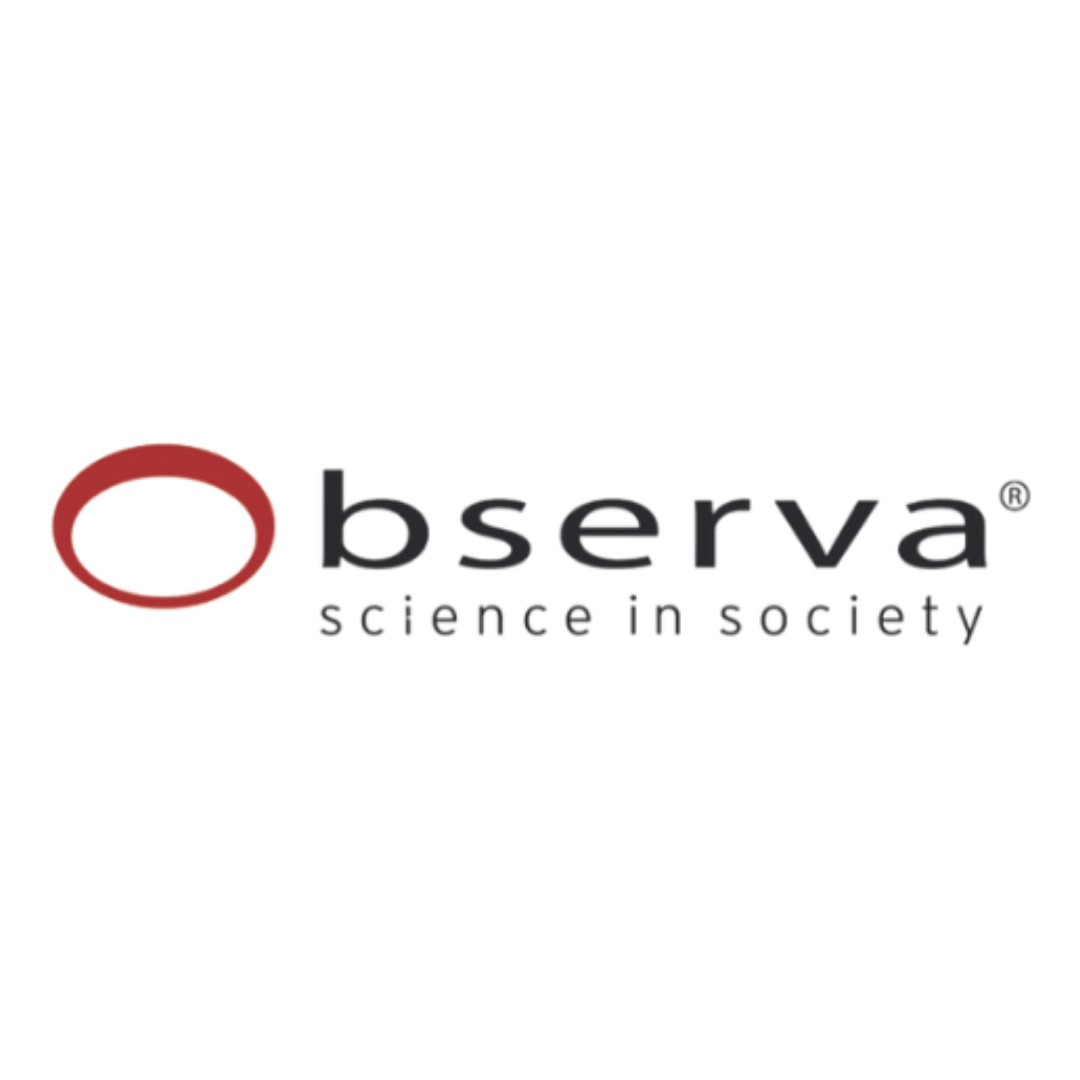
Observa Science Society
Communicating Brain Data: Patients and Clinicians in Health Social Laboratories

Chiara Lovati
Keywords: Stakeholder engagement, Brain health communication, Health technology design, Inclusive healthcare, Responsible innovation
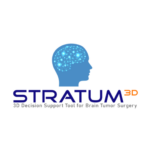
STRATUM
A Point-of-Care Computing System based on Multimodal Data Processing using Artificial Intelligence for Improving Brain Tumour Surgeries

Raquel Leon
Keywords: European project, Point-of care computing, Multimodal imaging, Artificial intelligence, Brain tumour surgery
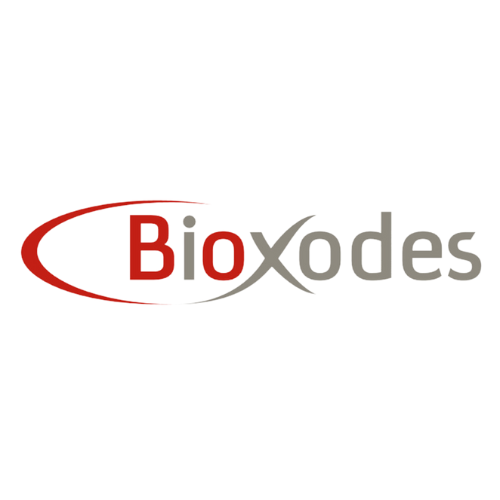
Bioxodes
A Tick Saliva Molecule to Rescue Lives After Intracerebral Haemorrhage

Hans Warrinnier
Keywords: Stroke Treatment, Intracerebral Haemorrhage, Neuroinflammation, Thrombosis, Haemorrhagic Stroke
Insulin Signaling as a Common Mediator of Somatic and Mental Disorders

Angela Ottomana
Keywords: Insulin-signaling, KCNQ1, cognitive disorders, development, metabolism
Fibromuscular Dysplasia: Addressing Research Needs, Patient Challenges, and Gender-related Issues

Barbara Di Camillo
Keywords: Fibromuscular Dysplasia, female ischemic and hemorrhagic events in brain, under-diagnosis issue, patient needs, research needs
Bridge: Building An International Data Governance Framework For Brain And Mental Health
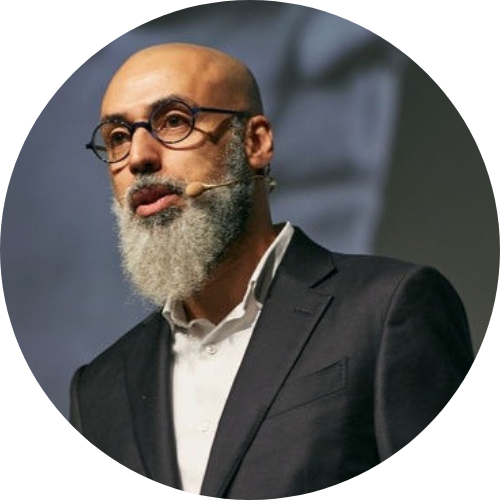
Ricardo Chavarriaga
Keywords: Data Governance, International, Research Collaborations, Brain Data, FAIR principles, People With Lived Experience
Virtual Brain Twin for Personalised Treatment of Psychiatric Disorders
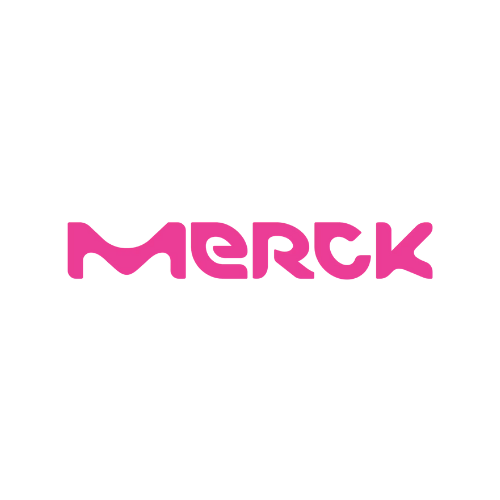
Reducing the socioeconomic burden for Multiple Sclerosis patients in Europe: assessment of the impact of earlier access to disease-modifying treatments with more convenient administration frequency
Extending Care for Neurodegenerative Disease and Frailty Through Digital Transformation

Marc Lange
Keywords: Digital Transformation, Neurodegenerative Disease, Policy Messages, Lessons Learned
Innovation Showcase
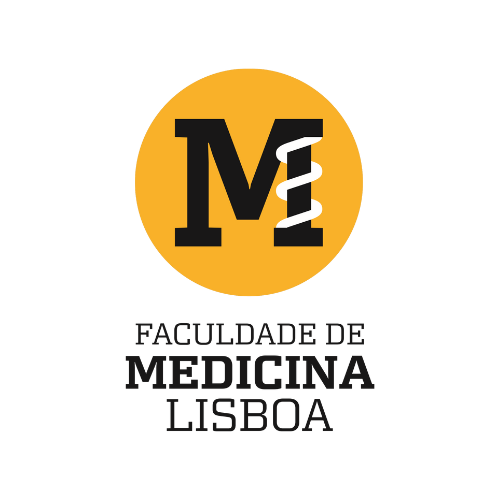
Faculdade de Medicina Lisboa
Novel Data Collection Unit With EEG, Physiological, and Environmental Sensors for Outdoor Urban Environments

João Amaro
Keywords: Neurourbanism, Outdoor EEG, Wearable sensors, Urban mental health, Multimodal data acquisition
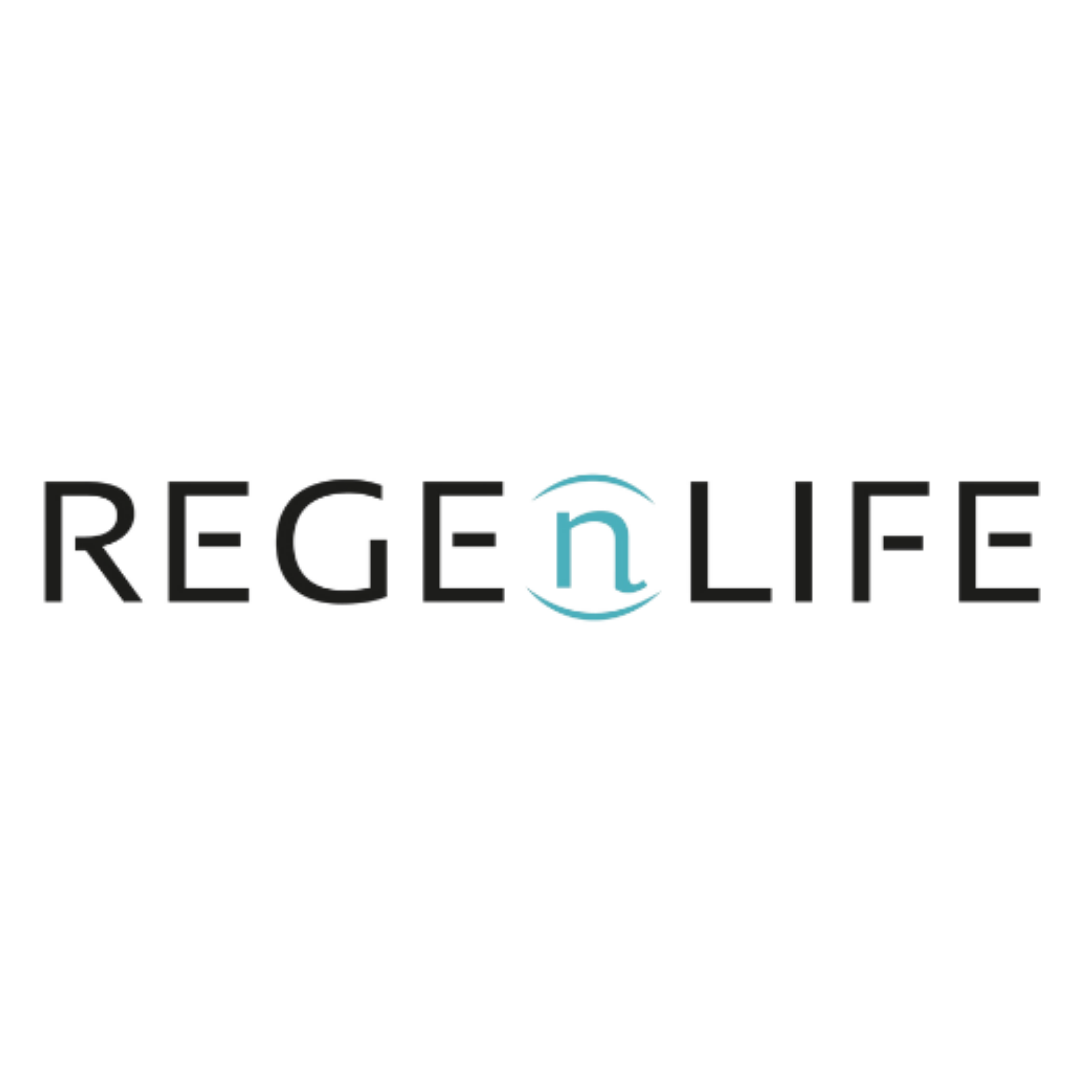
REGEnLIFE
A Brain-Gut Stimulation Therapy for Alzheimer’s Disease: From Preclinical Research to Clinical Trials and Market Access
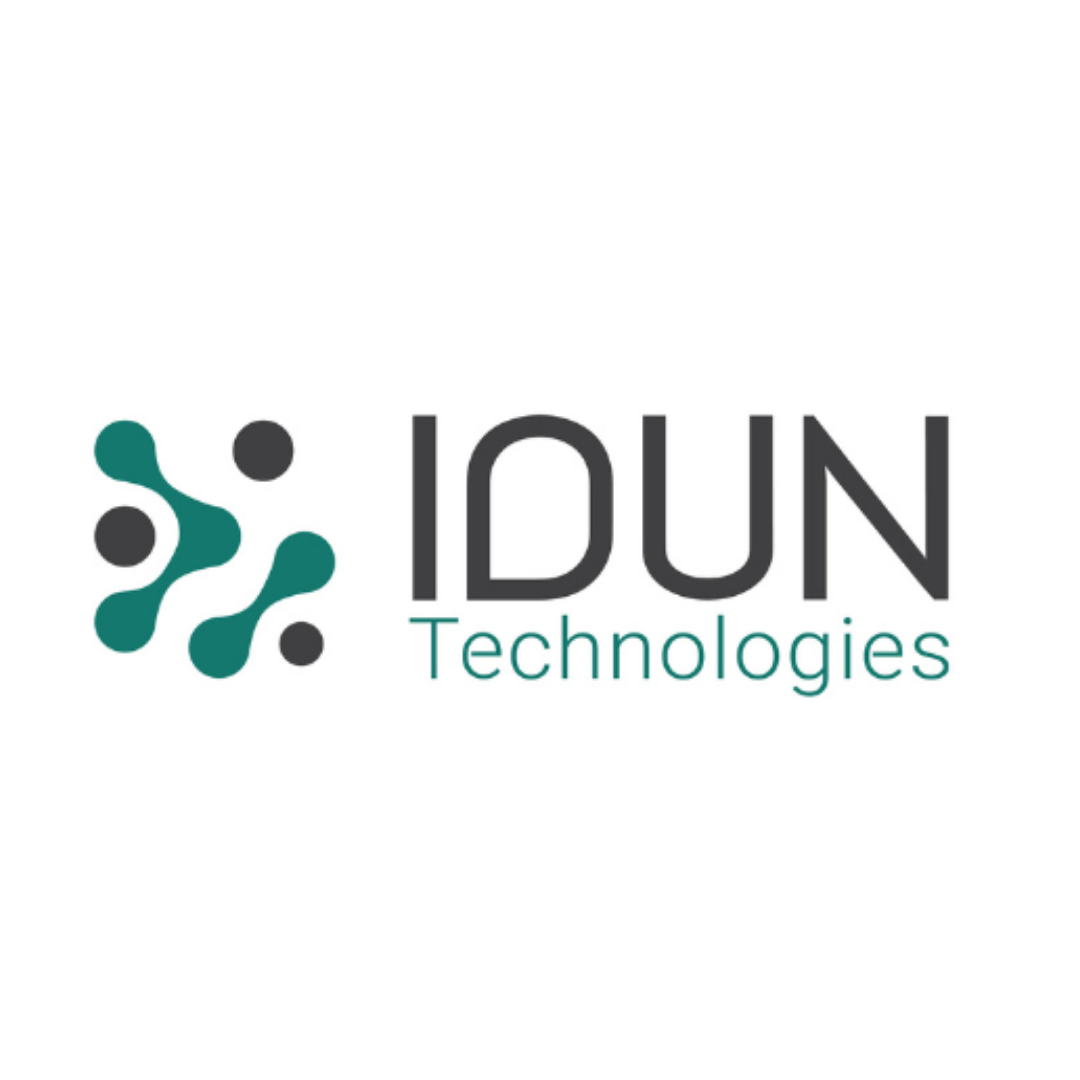
IDUN Technologies
Focus and Cognitive Workload Tracking with Brain-sensing Earbuds

Simon Bachmann
Keywords: Cognitive Workload EEG Brain-Computer Interface Earbuds Brain Health
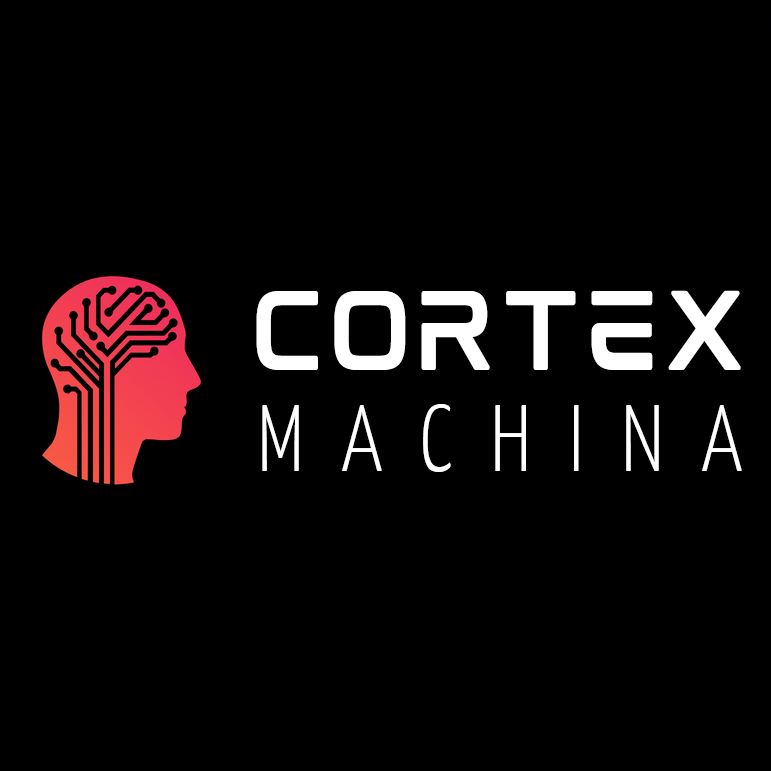
Cortex Machina
Medical-grade EEG and BCI Technology Designed for Ease-of-use, Portability, Accessibility, Cost-effectiveness and Seamless Third-party Integration
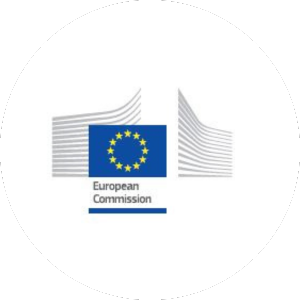
European Health and Digital Executive Agency (HaDEA)
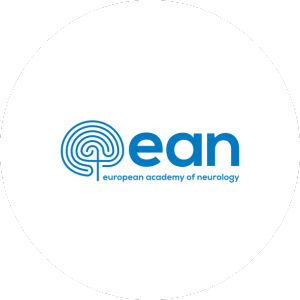
European Academy of Neurology
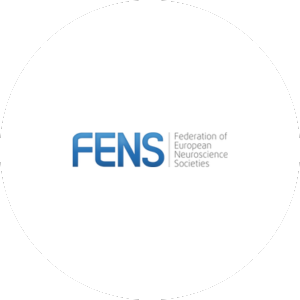
Federation of European Neuroscience Societies
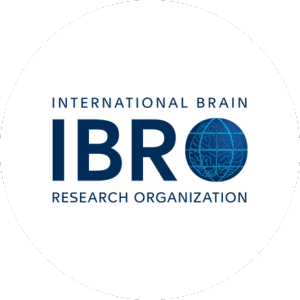
International Brain Research Organization
Poster Abstracts & Presenter Biographies
The STRATUM Project: A Point-of-Care Computing System based on Multimodal Data Processing using Artificial Intelligence for Improving Brain Tumour Surgeries
Himar Fabelo, Raquel Leon, Laura Quintana-Quintana, Gustavo M. Callico, STRATUM Consortium
Presented by Raquel Leon
Brain and CNS (Central Nervous System) cancer was the 12th most common cancer in terms of mortality in 2022, with an estimated 321,731 incident cases, associated to 248,500 deaths worldwide for both sexes and all ages. In 2050, these numbers are expected to increase 56.6% and 64.8% in incidences and mortality, respectively. Particularly, brain tumours account for more than 90% of occurrence within CNS cancers, linked to high mortality and morbidity, especially in paediatric cases. Neurosurgery is the main treatment for brain tumours. During this procedure, the neurosurgeon makes an opening in the skull of the patient (called craniotomy) and, whenever possible, tries to resect the entire tumour from the brain, guided by a neurosurgical navigation system based on preoperative magnetic resonance images. Neurosurgeons face several challenges to address brain tumour surgeries, when trying to identify tumour mass and to distinguish between normal tissue and brain tumour margins, such as; 1) lack of specific tools to enhance the surgeons’ vision and provide real-time personalized tissue diagnostics for surgical guidance and decision making; 2) Lack of real-time representation, interpretation and analysis tools for the large amount of data acquired by various independent systems; 3) Long waiting times for intraoperative pathology consultation; 4) Non-existence of commercial tools for the analysis and visualisation of the brain shift phenomenon; 5) Use of photosensitive drugs or contrast agents because of employing fluorescent guidance tools. For these reasons, an innovative neurosurgical decision support tool able to provide quick, accurate and highly personalized diagnostics for optimal decision in neurosurgical practice could ensure a reduction of errors and delays during surgeries, and also save the associated medical costs. STRATUM is a 5-year Horizon Europe funded project with the goal of developing an innovative 3D decision support tool for brain tumour surgeries, based on real-time multimodal data processing using Artificial Intelligence (AI) algorithms. The proposed tool is envisioned as an energy-efficient Point-of-Care computing system to be integrated within neurosurgical workflows to aid surgeons to make informed, efficient, and accurate decisions during surgical procedures. STRATUM is pursuing the following objectives: 1) To foster advances in personalized medicine based on multimodal data, including the emerging as hyperspectral imaging tehnique; 2) To increase intraoperative diagnostic accuracy of brain tumours; 3) To reduce surgery time with respect to current neurosurgical operations by performing in-situ intraoperative pathological assessment and using high performance computing platforms for real time data processing; 4) To improve cost- and energy-efficiency of current neurosurgical workflows by integrating different data sources in an interactive non-contact 3D graphical user interface; 5) To clinically demonstrate the prototype in a two-year clinical study in 3 clinical sites in 2 different countries, including an early health technology assessment; 6) To prepare a preliminary business plan and the roadmap for commercialization at the end of the project. The expected long-term impact of STRATUM is to reduce the duration of surgical procedures, thus decreasing patients’ risks, but also optimising the resources of European health care systems.
Dr. Raquel Leon has been working, since 2018, on the use of Hyperspectral Imaging for real-time cancer detection in the University of Las Palmas de Gran Canaria (ULPGC), Spain, where she received her PhD in Telecommunication Technologies from the ULPGC.
Since 2023, she started a position as Research Project Manager in the STRATUM project. STRATUM is a European project with the goal of developing a clinically demonstrated 3D Decision Support Tool for brain surgery guidance and diagnostics based on multimodal data processing through Artificial Intelligence algorithms that will be integrated as an energy-efficient Point-of-Care computing tool. The STRATUM consortium, coordinated by the ULPGC, is an interdisciplinary research team of optical and imaging engineers, physicists, software engineers, clinicians, and industry stakeholders.
She has previously worked in other research projects in the field of imaging technologies for cancer (ITHaCA, TALENT), disease prevention (WARIFA), physiological monitoring (O3NPIQ, EPOOzo). In 2020, she obtained a predoctoral research grant from the Canary Islands Government and in 2024, she received the Outstanding Young Researchers Award for her contributions in the field of Engineering and Architecture awarded by the ULPGC.


Communicating Brain Data: Patients and Clinicians in Health Social Laboratories
Observa Science Society
Presented by Chiara Lovati
At the intersection of technology, healthcare, and society, the Health Social Laboratories initiative aims to support the Horizon Europe HEREDITARY project in gathering essential feedback for the development of an innovative health data analytics platform. This platform will serve clinicians, researchers, policymakers, and patient association members, allowing them to explore an integrated array of multimodal biomedical and environmental data to improve disease prevention, treatment response and medical knowledge. HSLs are a dedicated stakeholder engagement effort that aims to integrate diverse expertise into a participatory and co-creative learning process. The laboratories will focus on facilitating the interaction between the project’s key stakeholders while accounting for their diverse communicative needs, with the ultimate goal of aligning the platform’s objectives with user needs, and assess how to best communicate brain data. Results will include the collection of comprehensive critical feedback to inform the design and functionality of the interactive health data analytics platform. Measures of success will comprise the number of stakeholders engaged, the volume and quality of the feedback collected, and its inclusion in the subsequent platform design iterations. Project stakeholders will have a significant role in guiding the team’s data research, helping foster a user-centered design approach, and promoting the study of health communication strategies through a process of co-popularization of health terminology. Potential challenges will include combining multiple stakeholder schedules, ensuring constructive feedback, and incorporating diverse perspectives and needs into the platform design. Strategies to address these challenges will involve flexible scheduling, clear and diverse communication strategies, and an iterative design process. The laboratories platform co-design aspect will support the management of data complexity and uncertainty typical of new technology and powerful computations. This will have a two-fold impact on stakeholders decision-making processes: first, it will streamline complex data analysis tasks, helping users readily understand connections and evaluate risks; second, it will support data results communications to patients by ensuring the information clarity, comprehensibility, and usefulness. On a more technical note, Hereditary research on multimodal data integration and federated data analytics and infrastructure will potentially foster the discovery of new insights and innovations, the ability to handle diverse data sources, and the collaboration across communities and institutions. By leveraging stakeholder engagement and their collaborative efforts, HSLs have substantial potential to shape an impactful interactive health platform in a process bridging science and society. Through the support of the communicative and ethical aspects of technology design, ensuring inclusivity through the valorization of varied stakeholders’ perspectives, these efforts will converge in a platform that will address real-world health challenges and help improve disease prevention, treatment response and medical knowledge exploration for various users.
Chiara Lovati holds a Bachelor’s degree in Sociology from the University of Trento (IT) and a Master’s degree in Data Science and Society from Tilburg University (NL). Currently employed at Observa Science in Society, she serves as a sociological researcher on the Horizon Europe HEREDITARY project, focusing on the social aspects of the integration of multimodal health data to transform disease approach, treatment response, and medical knowledge. Her main research interests lie at the intersection between science and society, and within public communication of science and citizens engagement.
A Tick Saliva Molecule to Rescue Lives After Intracerebral Haemorrhage
Stéphanie Demoulin, Valérie Pireaux, Marc Dechamps, Hans Warrinnier, Edmond Godfroid
Presented by Hans Warrinnier
Introduction: Imagine a world where stroke, specifically one type called intracerebral haemorrhage (ICH), don’t have to be as devastating. In ICH, bleeding in the brain triggers inflammation and blood clots that often worsen the damage, leading to poor outcomes. However, Bioxodes is exploring a promising new treatment candidate called BIOX-101 that targets this inflammation and unwanted blood clots, potentially improving recovery for patients. Surprisingly, the active ingredient stems from an unexpected source: ticks. These tiny creatures, often seen as nuisances, hide within their saliva molecules that researchers have isolated and transformed into a potential game-changer in stroke treatment.
The study: To study BIOX-101’s efficacy, we conducted experiments on mice with induced ICH. We divided the mice into groups, some receiving BIOX-101, others a placebo, and yet others a standard treatment. We then monitored brain health using imaging techniques. Key findings: We found out that BIOX-101 did not worsen brain swelling or bleeding compared to the placebo. Importantly, it reduced harmful inflammation, and protected neuronal cells from damage. This is crucial because current treatments can sometimes increase swelling and bleeding without effectively targeting the cause of inflammation. Potential impact: The findings were especially exciting because there is a significant need for better treatments in ICH. Each year, more than 3 million people worldwide experience ICH, resulting in 2.8 million deaths. What is even more concerning is that a large portion (68 %) of these cases occur in people under 70 years old.
Conclusion: BIOX-101 could be a game-changer in stroke treatment. By targeting the inflammation and blood clot formation that follow brain bleeding, it has the potential to reduce mortality rates and improve recovery outcomes for patients. Bioxodes is currently running a Phase 2a trial in Belgium with ICH patients to test BIOX-101, offering a breakthrough hope for millions of patients around the world.
Dr. Hans Warrinnier joined Bioxodes following a leadership tenure at Roche Belgium where he held various senior leadership positions such as Medical Director. In this position, he led a team of 70+ across Clinical Operations, Medical Affairs and Medical Information, Drug Safety and Regulatory Affairs. He developed and supported affiliate and global clinical studies in different therapeutic areas, maintainingBelgium’s top spot in clinical trials per capita in the world. He delivered strategic expertise and advice for market access solutions in Belgium across different therapeutic areas, including oncology, hematology, neurology, immunology, and hemophilia. In addition to receiving his medical degree from the KU Leuven in Belgium, Dr. Warrinnier followed Business school programs from London Business School and Harvard Business School.

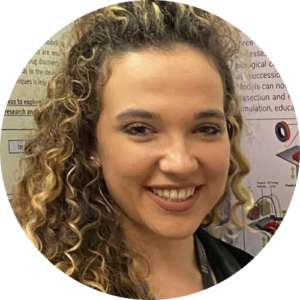
The Optimal Source of Mesenchymal Stem Cells for Spinal Cord Regeneration
XXXXXX
Presented by Antonia Vogt
Objectives Spinal cord injury is a devastating condition that leaves patients with permanent neurological deficits as a result of biochemical impairment in the ability of the body to perform neurogenic repair in the central nervous system and a resultant poor quality of life with both economic and social implications. Mesenchymal stem cells (MSCs) have come to the forefront of regenerative medicine in their ability to differentiate into several lineages including neurons and have been implicated as a potential strategy to combat the age-old challenges of central nervous system repair. Design: This study aimed to perform a systematic review, followed by laboratory experiments, to inform readers of current strategies being performed at a basic science level and to identify further challenges in this new field of neuroscience. We have used the PRISMA methodology using PubMed, Ovid, EMBASE and MEDLINE to assess all available studies looking into the role of MSCs in human neuronal tissue. During the experimental investigation, human primary tissue will be isolated from 4 different sides and will be compared using RNA sequencing. Subjects and Methods Our primary aims were to report the ability of neuronal cell differentiation, the capacity to form scaffolding to bridge damaged neuronal tissue and the capacity for functional return. This would span a period from the beginning of the database being searched to May 2024. Exclusion criteria would include studies reporting animal tissue, and studies that were not in English. Cells will be expanded till p2, RNA will be extracted and Bulk sequencing will be performed and gene pathways analyzed. Results A scoping review of the literature has identified the role of MSCs in neuronal repair, scaffolding for creating new neural networks, and paracrine and autocrine effects on neighbouring glial cells. These have proved exciting areas of research and are culminating in a future understanding of the role of these MSCs in neuronal regeneration. Maternally derived MSCs are the most used type of MSCs in spinal cord injury repair. This will be validated by experiments. Conclusion: By reporting these studies, our aim is to highlight and guide readers of our study about future potential questions, challenges and current concepts to help steer future research within this vastly expanding and exciting field.
Antonia Vogt graduated with a degree in Cellular and Molecular Biology from the University of Stirling, Scotland, in 2020, achieving the highest grade in Medical and Life Sciences in the UK. She has worked at the Curie Institute in France on cancer research (2018) and studied at the University of Illinois Urbana-Champaign on a full scholarship (2019), while conducting research on glioblastoma.
Since 2020, she has been pursuing a PhD in Surgery at the University of Cambridge with full scholarship, focusing on stem cell regeneration for cartilage treatment, with applications in musculoskeletal disorders. She also serves in leadership roles, founding and presiding over the Cambridge University Robotic Surgery Society (2021) and leading the Cambridge Neurological Society.
Antonia has published extensively, spoken at international conferences, reviewed scientific journals, and organized seven conferences, including the British Orthopaedic Research Conference (2023). Her work has earned several awards, including from the European Molecular Biology Organization and scholarships from the ISMND and BrightFocus Foundation, along with awards from the Medical Research Council and Cambridge Stem Cell Institute. Additionally, she was ranked first in Forbes 30 Under 30 (GR) for her pioneering research in stem cells and cancer.
A Holistic Research Infrastructure for FAIR Brain Science
EBRAINS
Presented by Lyuba Zehl
EBRAINS is an open, integrative, digital research infrastructure (RI) developed by the EU-funded Human Brain Project (HBP) that provides a ground-breaking ecosystem where researchers, clinicians, and expert scientists from various disciplines converge to explore and analyse the complex and heterogeneous data in the field of neuroscience. EBRAINS is dedicated to promoting responsible research and innovation practices with a focus on brain health, to shape neuroscience in ethically sound ways that serve the public interest. EBRAINS was founded in 2019 and included in the European Strategy Forum on Research Infrastructures (ESFRI) roadmap and the European Open Science Cloud (EOSC) member list in 2021 and 2022, respectively. As of today (2024/05/31), EBRAINS has 10 full member institutions and 56 associate member institutions across 17 European countries. Today’s scientists are confronted with various barriers when handling complex and heterogeneous data in neuroscience, in particular when studying one of the most complex known structures: the human brain. With estimates of over 85 billion neurons, 85 billion non-neuronal cells, and 100 trillion connections with a compute power of one quintillion mathematical operations per second, the brain can be studied at different spatial and temporal scales using a sheer endless number of techniques from various disciplines. Consequently, research barriers for individual scientists or scientific groups include lack of access to high-end hardware or software technology, and lack of personnel with multidisciplinary expertise. EBRAINS offers an ecosystem of seamlessly integrated services minimising these research barriers by empowering researchers, clinicians, and expert scientists from various disciplines to explore and analyse brain data in a collaborative digital RI. EBRAINS core services include base infrastructure services (e.g., virtual research environments, storage, computation, access and identity management), as well as essential services for data and knowledge management, as well as brain data visualisation and analysis. Moreover, EBRAINS partners with various trusted research environments for handling sensitive human data in compliance with the EU legislation for ethical research and general data protection regulation. EBRAINS implemented and continuously optimises a user-friendly, centralised management system for FAIR data and knowledge which enables users to seamlessly connect and integrate foundational heterogeneous, but interoperable data into a suite of specialised tools, computational models, and computational workflows. In particular, data are dynamically integrated into a multiscale and multimodal human brain atlas which feeds into digital twin approaches through modelling and simulation. With this, EBRAINS is deepening a holistic understanding of brain structure and function, leading to advancements in brain research and health, technology, and computing.
Lyuba Zehl leads the Data & Knowledge engineering team at the EBRAINS AISBL and coordinates Data & Knowledge management across the EBRAINS RI. She is also the product owner of the openMINDS metadata framework. She studied biology (BSc) and neuroscience (MSc) at the University of Cologne and became interested in metadata in the neuroscience-jungle to facilitate FAIR data sharing during her doctorate at the Juelich Research Centre / RWTH Aachen University in Germany. As a post doctorate she continued working at the Juelich Research Centre as a data & knowledge engineer for the Human Brain Project (HBP) paving the way for the launch of the Pan-European EBRAINS RI for neuroscience. In Oct 2023, she transferred to the headquarters of the EBRAINS AISBL, in Brussels, Belgium.


Insulin Signaling as a Common Mediator of Somatic and Mental Disorders
XXXXXX
Presented by Angela Ottomana
Objectives Spinal cord injury is a devastating condition that leaves patients with permanent neurological deficits as a result of biochemical impairment in the ability of the body to perform neurogenic repair in the central nervous system and a resultant poor quality of life with both economic and social implications. Mesenchymal stem cells (MSCs) have come to the forefront of regenerative medicine in their ability to differentiate into several lineages including neurons and have been implicated as a potential strategy to combat the age-old challenges of central nervous system repair. Design: This study aimed to perform a systematic review, followed by laboratory experiments, to inform readers of current strategies being performed at a basic science level and to identify further challenges in this new field of neuroscience. We have used the PRISMA methodology using PubMed, Ovid, EMBASE and MEDLINE to assess all available studies looking into the role of MSCs in human neuronal tissue. During the experimental investigation, human primary tissue will be isolated from 4 different sides and will be compared using RNA sequencing. Subjects and Methods Our primary aims were to report the ability of neuronal cell differentiation, the capacity to form scaffolding to bridge damaged neuronal tissue and the capacity for functional return. This would span a period from the beginning of the database being searched to May 2024. Exclusion criteria would include studies reporting animal tissue, and studies that were not in English. Cells will be expanded till p2, RNA will be extracted and Bulk sequencing will be performed and gene pathways analyzed. Results A scoping review of the literature has identified the role of MSCs in neuronal repair, scaffolding for creating new neural networks, and paracrine and autocrine effects on neighbouring glial cells. These have proved exciting areas of research and are culminating in a future understanding of the role of these MSCs in neuronal regeneration. Maternally derived MSCs are the most used type of MSCs in spinal cord injury repair. This will be validated by experiments. Conclusion: By reporting these studies, our aim is to highlight and guide readers of our study about future potential questions, challenges and current concepts to help steer future research within this vastly expanding and exciting field.
Dr. Rezai Jahromi is from Helsinki University Hospital Department of Neurosurgery and Interventional Neuroradiology specilizing in neurovascular diseases. He is an active surgeon-scientist in the field of hemorrhagic stroke. Dr. Rezai Jahromi has published more than 100 papers and more than 20 book chapters on intracranial aneurysms, AVMs, CCMs, and spontaneous ICH. His studies include large epidemiological investigations, basic pathogenesis of hemorrhagic stroke and large international randomized clinical trials. He has been granted multiple patents related to treating and imaging aneurysms and ICH patients.
He is PI of ARCH Trial on IVH patients and VASH trial on SAH patients. Currently he works o detecting rupture prone brain aneurysms via immunoliposomes
Fibromuscular Dysplasia: Addressing Research Needs, Patient Challenges, and Gender-related Issues
Presented by Barbara Di Camillo
Fibromuscular dysplasia (FMD) is a frequent but often underdiagnosed non-inflammatory, non-atherosclerotic arteriopathy involving large and medium vessels virtually in all vascular beds. The pathological changes in the arterial walls can lead to stenosis, aneurysms, or dissections, and cause ischemic and hemorrhagic events in brain, abdomen and limbs, besides arterial hypertension. The most commonly affected arteries include renal, cervico-cephalic, and, to a lesser extent, coronary arteries. The imaging pattern is typical but variable and it is one of the cornerstone for the diagnosis. The estimated prevalence is around 3-4%, with 80-90% of cases diagnosed in women, mostly between 30 and 60 years. However, FMD is often underdiagnosed or discovered incidentally during evaluations for other issues. The causes of FMD remain unclear, but a combination of genetic, hormonal, and environmental factors is believed to contribute to its development. In addition, patients require periodic assessments through imaging techniques like Doppler-ultrasound, CT angiography or MR angiography to monitor arterial status and adjust treatment accordingly. This abstract aims to highlight critical aspects research requirements in order to better understand the disease and address the patients’ needs, improving awareness, diagnosis, and treatment strategies. Research Needs: Research on FMD is still limited, but several areas require further exploration. • Understanding the causes of the disease • Defining the role of different imaging and neuroimaging patterns and natural history • Understanding the mechanisms of stroke and dissection • Developing targeted therapies • Identifying diagnostic and prognostic biomarkers • Developing predictive models of disease progression • Establishing experimental modelsfor a better study of the disease’s pathogenesis and testing of new therapies • Supporting international registries for advancing the understanding of FMD Patient Needs: Patients with FMD have diverse needs based on the severity of the disease and the affected arteries. • Early diagnosis and regular monitoring are crucial to prevent complications such as severe hypertension, aneurysms, renal infarction or stroke. • Multidisciplinary management, involving specialists such as cardiologists, neurologists, neuroradiologists, radiologists and vascular surgeons, is essential to address the various aspects of the disease. • Patients require periodic assessments through imaging techniques like CT angiography or MR angiography to monitor arterial status and adjust treatment accordingly. • Symptom management, including headaches, dizziness, or renal insufficiency, is critical, especially for those with hypertension who need personalized antihypertensive treatment. • Adequate patient education is vital for recognizing signs of complications and making informed treatment decisions. • Lastly, psychological support is essential to help patients cope with the stress and uncertainty associated with the disease. • In many countries, FMD is not included in national disease registries. Systematic recognition of FMD by healthcare systems is vital for addressing the above challenges and ensuring continuous and appropriate care. Gender Considerations: FMD exemplifies how gender-related issues and biases can affect the recognition, diagnosis, and treatment of diseases, particularly those that predominantly affect women. Young women without classic cardiovascular risk factors may be perceived as low-risk, leading to under-recognition of FMD as a potential cause of their symptoms. Increased medical awareness regarding FMD, particularly in the context of women’s vascular health, could help reduce diagnostic delays.
Authors: Marialuisa Zedde, Rosario Pascarella, Claudio Baracchini, Alexandre Persu, Cathlin Jamison, Barbara Di Camillo (on behalf of Italian FMD)
Barbara Di Camillo is Full Professor in Computer Science at the Department of Information Engineering, University of Padova. Her research activity is centered in the development and application of advanced modeling, data mining and machine learning methods for high-throughput biological data analysis in the field of bioinformatics and predictive modeling in medicine. She has also a great expertise in biological network inference using differential equation based models, Boolean and Bayesian Networks for deterministic and stochastic modeling of disease progression, transcriptional networks and signaling pathways. She has been PI and WP leader of projects funded by the EU, Italy and industry and has received numerous awards in particular in the field of reverse-engineering and machine learning applied to clinical and biological data.

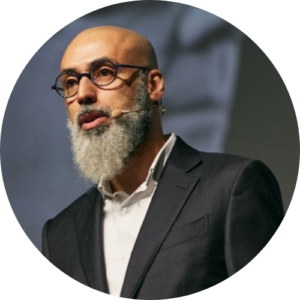
Bridge: Building An International Data Governance Framework For Brain And Mental Health
XXXXXX
Presented by Ricardo Chavarriaga
Addressing global challenges in Brain and mental health requires coordinated and efficient methods for international collaboration. Despite recent progress in data collection and sharing, scaling scientific collaborations globally faces significant hurdles due to the complexity of institutional regulations, national and regional laws, and sociocultural contexts. Thus, appropriate data governance, ensuring usability, integrity, and security of data while protecting patients’ dignity and rights becomes an essential need for advancing mental health research. The Brain Research International Data Governance & Exchange (BRIDGE) is a global initiative addressing the intricate challenges of international data governance. BRIDGE is identifying key technical, legal, ethical, and organizational challenges for data sharing as well as perspectives from people of lived experience in North America, Latin America, Europe, and Africa. BRIDGE is building a cohesive global alliance among academics, innovators, policy makers, patient associations and representatives of civil society that guides the establishment of tools, standards, procedures, and advocacy processes for responsibly managing brain and mental health data across borders.
Neuroscientist and public speaker in neurotechnologies, artificial intelligence, and responsible innovation. Dr Chavarriaga is senior researcher at the Zürich University of Applied Sciences (ZHAW) and head of the Swiss office of the Confederation of Laboratories for AI Research in Europe (CLAIRE). His work is focused on leveraging neuroscience, AI, and ethics for advancing responsible innovation and governance of human-centered technology.
Virtual Brain Twin For Personalised Treatment Of Psychiatric Disorders
Presented by Martin Breyton
In the EU, about 165 million people are affected each year by mental disorders, and estimates indicate that mental disorders will become the number 1 economic cost factor in medicine in 2030. Schizophrenia alone affects approximately 1% of the world’s population. The clinical effectiveness of the antipsychotics on the market remains limited with 30 to 50% of schizophrenic patients showing an insufficient response to treatment. Several factors, from genetic to psychological and social, may lie behind poor treatment outcomes or side effects and varies from patient to patient. Therefore, the central aim of the VIRTUAL BRAIN TWIN project is to create an ecosystem for generating virtual brain twins for psychiatric patients, by leveraging the consortium’s detailed knowledge and expertise in neuronal microcircuit simulation, mathematical analysis, innovative AI tools, and psychiatric care and clinical studies. This ecosystem will guide clinicians to optimise medication type and dosage, and to evaluate alternative treatments, such as brain stimulation and lifestyle changes. Multiscale cause- effect simulations and virtual brain simulations based on fMRI or sMRI data from the individual patient, will bridge the gap between molecules and the patient’s brain. At the centre of this ecosystem will be the Virtual Brain Twin platform, which will make use of big data, multiscale modelling, and high-performance computing (HPC) that will be secured by appropriate data safety and protection. The platform will be embedded in the European digital neuroscience research infrastructure EBRAINS and will be initially accessible to neuroscientists, clinical researchers, and mathematical modellers, and in the future, to clinicians, and patients as well. This ground-breaking project will pave the way for personalised treatment of psychiatric disorders, with the potential to significantly improve the quality of life of patients suffering from these conditions.

Reducing the socioeconomic burden for Multiple Sclerosis patients in Europe: assessment of the impact of earlier access to disease-modifying treatments with more convenient administration frequency
XXXXXX
Presented by Isabel Klinnert
Study question: This study aimed to investigate the broader socio-economic impact of providing earlier access to highly efficacious treatments with more convenient administration frequency (MCAF) to people living with multiple sclerosis (PLwMS) in Europe.
Bac: Advances in the development of DMTs has provided substantial benefits to PLwMS leading to a reduction in the associated health and wellbeing impact to PLwMS and the broader socio-economic costs. There are existing studies that have examined the impact of earlier access to efficacious DMTs on disability levels and progression of MS. However, there has been little investigation on whether earlier access to highly efficacious treatments with MCAF can influence PLwMS’ quality of life, the need for caregiver support, the level of interaction with the healthcare system, and ultimately impact on the broader societal and economic aspects.
Study design, size, duration: A two-step approach was used to conduct the study: a structured literature review followed by a bespoke survey of PLwMS. We focused on nine European countries with diverse healthcare systems that provide varying support to PLwMS, namely: Belgium, Denmark, France, Germany, Italy, Norway, Spain, Sweden, and the UK. The online survey collected data from 154 PLwMS from September to November 2023 and assessed the any reduction from earlier treatment with a DMT with MCAF on the impact of MS. This impact assessment was based on direct patient responses and comparative analysis across groups of patients with different timing of access to a DMT with MCAF.
Main results: The evidence from the survey supports the findings that providing earlier access to a highly efficacious DMT with MCAF can lead to benefits on PLwMS’ mental health, general wellbeing, family life, employment and productivity, and support needed from caregivers resulting in additional burden on the latter. In particular, patients emphasized the positive impact on: the ability to carry out more daily activities and to participate in social activities improving mental health, decision making about family planning leading to more timely or greater number of pregnancies, ability to stay in employment longer and work more hours and rely less on a caregiver. Focusing on employment gains alone, earlier access to DMTs with MCAFs enabling PLwMS to work more hours or days or stay in employment longer, would lead to socioeconomic gains of €3,000 per patient per year (or €155.3 million per year across the countries in the study). Similarly, this would enable caregivers to work more, leading to potential socioeconomic gains of €900 per patient per year (the equivalent to €45.8 million per year across the countries in the study).
Policy implications: Policy can play a key role in shaping an environment where the additional value of highly efficacious DMTs with MCAF can be recognized and potential gains can be maximized. The findings highlight the importance allowing for broader value recognition which would call for policy recommendations around: 1) the incorporation of PLwMS voice in decision-making in treatment access, choice and strategies; 2) consideration of evolving understanding of broader value of treatments in the assessment process and through continuous review of real-world evidence and 3) clinical guidelines and programs to reflect new evidence on treatment benefits particularly considering impact on family planning and mental health. Additionally, the findings indicate that there is a need to continue and strengthen policies around broader neurological disease management, guidance and incentives for employers to support PLwMS and targeted support for caregivers – with a particularly focus on integrating mental health support and continued funding.
Study funding/competing interests: This study was commissioned and funded by Merck KGaA.
Authors: Tim Wilsdon1, Artes Haderi1, Elaine Damato1
Innovation Showcase Company Profiles
Cortex Machina
Medical-grade EEG and BCI Technology Designed for Ease-of-use, Portability, Accessibility, Cost-effectiveness and Seamless Third-party Integration
Presented by Romain Pecher
Cortex Machina is a brain-computer interface (BCI) and neurosciences technologies provider.
We’re busy crafting a new look and feel. Our website is undergoing a complete transformation to better serve you and showcase our cutting-edge technologies. Stay tuned for an exciting relaunch.
Cortex Machina introduces an innovative EEG (electroencephalography) and BCI (brain-computer interface) technology designed to overcome traditional barriers in the medical and research sectors through simplicity, portability, accessibility, and seamless third-party integration. Our system comprises the Vortex dry electrode headset, an EEG cap version optimized for medical applications, and our Cortex Machina PRO software. Historically, EEG/BCI technology has been complex and costly, requiring extensive expertise in neuroscience and programming. Our goal is to democratize this technology, making it user-friendly and accessible while maintaining medical-grade quality. The Vortex hardware enables EEG data recording in under 30 seconds without advanced operator skills, leveraging its revolutionary amplifier to deliver high-quality EEG data from dry electrodes, thus eliminating the need for time-consuming wet electrode systems. The Cortex Machina PRO software automates much of the EEG workflow and offers real-time BCI capabilities, quantifying metrics such as concentration, fatigue, mental workload, engagement, and emotional recognition. Our modular approach to medical certification maintains the headset at an EU Class I level while offering a catalog of healthcare applications with varying classification levels. This strategy enables rapid and diversified market entry for different healthcare applications. Moreover, our system’s portability and at-home capabilities significantly enhance usability, allowing for flexible and convenient deployment, freeing up in-hospital resources, and significantly improving patients’ quality of life. This is exemplified by out ‘At-Home Epilepsy Diagnosis’ product, enabling long-term EEG recordings for newly diagnosed epilepsy patients from the convenience of their own homes, while preserving patient mobility. This stands in contrast to the conventional practice of using in-hospital wet EEG systems, which involve cumbersome setups, uncomfortable conductive gel, restricted patient mobility, and significant hospital resource utilization. Our technology also support seamless integration with third-party applications through an open-source approach, including WebSocket data streaming and compatibility with the prominent BrainFlow programming library, to which we are major contributors. This flexibility ensures smooth integration into other applications and projects, fostering a robust research and development ecosystem around our technology. In conclusion, Cortex Machina’s technology represents a significant advancement in brain innovation, reducing human and financial barriers to EEG/BCI adoption by researchers, healthcare providers, patients, industry professionals, investors, policymakers, and society at large, by providing a versatile, cost-effective, and easy-to-use EEG/BCI solution.
Romain Pecher is the Chief Scientific Officer and co-founder of Cortex Machina, leading the development of innovative EEG and BCI technologies. With a diverse background in chemistry, material sciences, nuclear engineering, aerospace, and neuroengineering, he applies a multidisciplinary approach to neurotechnology. Romain oversees both software and hardware development at Cortex Machina, enhancing EEG and BCI applications in medical, research, and industrial sectors, with the aim of making neurotechnology more accessible and effective.
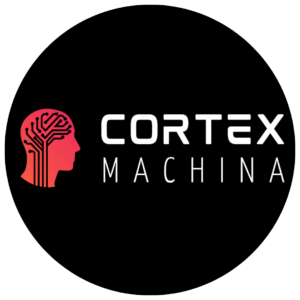
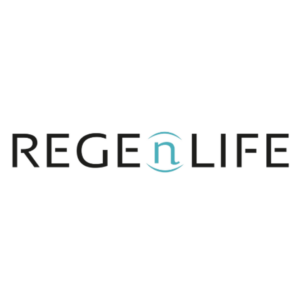
REGEnLIFE
A Brain-Gut Stimulation Therapy for Alzheimer's Disease: From Preclinical Research to Clinical Trials and Market Access
Presented by Guillaume Blivet
Innovative medical devices to combat Alzheimer’s disease and other neurological conditions.
Based in Montpellier, France, REGEnLIFE is an innovative company in neurotechnology and photomedicine. It is currently developing a new therapeutic approach for the prevention and treatment of neurological conditions. Our mission is to offer technology which will improve the health and everyday lives of patients with debilitating neurological conditions such as Alzheimer’s disease. Specifically, our “Tri-Photonic Stimulation” technology uses a combination of biophotonics and magnetic fields to limit patients’ cognitive decline, and to slow the progression of the disease.
Recently, innovative non-pharmacological approaches, like neurostimulation have emerged as promising treatments for Alzheimer’s disease (AD). This Innovation Showcase delineates the journey from preclinical research to clinical application and market access of a trailblazer in medtech and neurotech: a brain–gut stimulation using photobiomodulation (PBM) therapy. It encompasses a translation from mouse models to pilot clinical trials involving mild-to-moderate AD patients, culminating in an ongoing pivotal clinical trial. In an Alzheimer’s disease mouse model, daily administration of brain–gut PBM therapy to both the head and abdomen exhibited neuroprotective effects normalizing altered behavioral and biochemical parameters. The pilot clinical trial assessing brain–gut PBM therapy, which takes the shape of a helmet and an abdominal belt, demonstrated its tolerability and feasibility in treating mild-to-moderate AD patients. Compared to placebo-treated patients, those receiving PBM therapy exhibited improvements in cognitive function over a short treatment period. This pilot study laid crucial groundwork for designing a larger pivotal clinical trial over a longer treatment period, currently underway, aimed at evaluating the efficacy of brain–gut PBM therapy in a broader AD patient population. The outcomes of this pivotal trial could potentially validate brain–gut PBM therapy as a safe, well-tolerated, and effective disease-modifying treatment for mild-to-moderate AD patients, offering both medical and economic benefits. With its classification as a Class IIa medical device, successful results from the pivotal trial could pave the way for CE marking. This regulatory clearance would enhance confidence among healthcare providers, potentially leading to increased adoption of brain–gut PBM therapy in clinical practice. This broader market access not only benefits patients by providing them with an additional treatment option but also holds promise for reducing the overall burden of AD on healthcare systems by offering a potentially cost-effective solution.
Guillaume Blivet is an entrepreneur and an innovator with 15+ years of global experience in multiple areas of healthcare, medical technologies, and disease management. Guillaume specializes in public health (MPH) and is also graduated with an Executive MBA.
He is Chief Innovation Officer of REGEnLIFE, a NeuroTech he founded in 2016. This company develops a novel medical device dedicated to people living with neurodegenerative diseases, specifically Alzheimer’s disease. This patented therapeutic solution is a non-invasive and painless application which takes the form of a helmet and an abdominal belt which together target both the brain and the gut.
He’s also Associate editor of the Journal on Alzheimer’s Disease and co-chair of the International Symposium on Sport-related Concussion.
Faculdade de Medicina Lisboa
Novel Data Collection Unit With EEG, Physiological, and Environmental Sensors for Outdoor Urban Environments
Presented by João Amaro
The rapid urbanisation of global populations has amplified the need to understand the complex relationship between urban environments and (physical and mental) health. Traditional indoor laboratory-based studies, while controlled, often lack ecological validity. A critical challenge in the emerging field of “neurourbanism” is the difficulty in collecting comprehensive, real-time neurophysiological and environmental data in naturalistic urban settings. This limits our understanding of how urban features directly impact body and brain well-being. To address this, we introduce the “Pluma” backpack, an innovative wearable data collection unit designed for high-quality, multimodal data acquisition in dynamic urban environments. The Pluma backpack integrates a comprehensive array of sensors, including environmental monitors (e.g., temperature, wind speed, particulate matter), eye-tracking, physiological sensors (such as electrocardiogram) and electroencephalogram (EEG). Its ergonomic design, combined with an integrated software framework based on the Bonsai programming language, enables seamless data synchronisation at both spatial and temporal levels. Outdoor walks with the Pluma backpack were conducted in Lisbon, Michigan, London, and Copenhagen. It has involved healthy adult participants across various age groups that waked through diverse urban environments. These acquisitions achieved a high success rate in collecting synchronised biosignals and environmental data, with only rare instances of sensor malfunction. Throughout these sessions, participants successfully completed 20-minute walks with little or no discomfort, highlighting the device’s ergonomic design and practicality. The Pluma backpack represents a pivotal methodological advancement for neurourbanism, aiming to bridge the gap between controlled laboratory experiments and real-world urban experiences. By enhancing ecological validity in neuro-urbanistic research, this technology paves the way for new research avenues into the brain and body correlates of urban living. Insights from such studies could inform evidence-based urban planning policies that promote well-being, ultimately fostering more human-centred urban environments. Furthermore, the Pluma backpack sets a new standard for multimodal data acquisition in outdoor settings, establishing a foundation for future technological innovations in this field.
Romain Pecher is the Chief Scientific Officer and co-founder of Cortex Machina, leading the development of innovative EEG and BCI technologies. With a diverse background in chemistry, material sciences, nuclear engineering, aerospace, and neuroengineering, he applies a multidisciplinary approach to neurotechnology. Romain oversees both software and hardware development at Cortex Machina, enhancing EEG and BCI applications in medical, research, and industrial sectors, with the aim of making neurotechnology more accessible and effective.
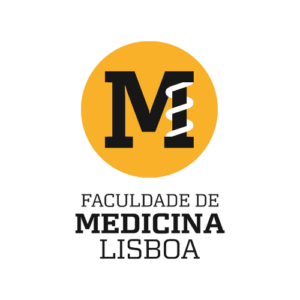
Federation of European Neuroscience Societies
Presented by Sameer Zuberi
The Federation of European Neuroscience Societies (FENS) is the voice of European neuroscience. FENS currently represents 44 European national and single discipline neuroscience societies with more than 20,000 member scientists from 33 European countries. FENS’ mission is to advance research and education in neuroscience within and outside Europe, and to facilitate interaction and coordination between its members.

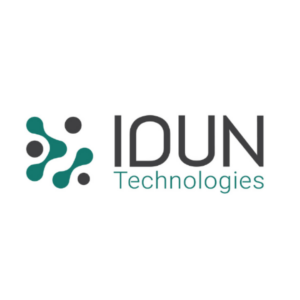
IDUN Technologies
Focus and Cognitive Workload Tracking with Brain-sensing Earbuds
Presented by Simon Bachmann
IDUN Technologies was founded by Séverine Gisin and Simon Bachmann and incorporated in 2017 as a spin-off from the Federal Institute of Technology (ETH) in Zürich, Switzerland. It spun out with a material innovation for sensors developing a dry, flexible, soft and bio-compatible innovative material to measure high-quality ExG.
In 2020, IDUN Technologies pivoted towards the brain by measuring EEG from the ear, aiming to functionalize scalable hearables with its patented DRYODE™ material. The choice of earbuds came from the intuition that earphones, the most widely adopted wearable device in modern society, are one of the best candidates as the next health platform for consumer well-being and health applications: a sort of smartwatch for the brain. Its location is close to the brain, and the reduced movement, thanks to good stabilization in the ear, allows one to pick up high-quality EEG.
Today, we have a core team of around 20 people, covering the full stack: from material science, electrical and cloud engineers, to ML experts and neuroscientists. We are developing a global brain data platform to scale personalized interventions through in-ear EEG earbuds. IDUN is positioning itself in the B2B field and works with its partners› ecosystem to enable interventions in diverse industries, ranging from sleep, hearing, and mindfulness, to gaming and safety.
Understanding and quantifying cognitive workload is essential for assessing human performance, especially in domains requiring high cognitive engagement. This project investigated EEG correlates for cognitive load measured by the IDUN Guardian brain-sensing (in-ear EEG) earbuds. The Guardian Earbuds measure high-quality EEG signals from inside of the ear canal, enabling the development of mobile and intuitive brain-computer interface audio products that integrate seamlessly into lifestyle audio products. Cognitive load is the mental effort required to perform tasks, impacting working memory, attention, and other mental processes and can be characterized through EEG frequency bands pattern changes. IDUN developed a cognitive load score (CLS) metric to easily integrate cognitive load characterization into applications and a real-time algorithm for visual neurofeedback was developed. Experiments with the IDUN Guardian demonstrate its reliability in detecting changes in mental effort across different conditions. IDUN’s innovative algorithm’s real-time feedback mechanism points to a future of adaptive systems responsive to cognitive states. Methods The IDUN Guardian brain-sensing earbuds offer a reliable method for capturing EEG data related to cognitive load. By analyzing EEG frequency bands and integrating these findings into a cognitive load score, IDUN provides a comprehensive understanding of mental effort dynamics. The CLS algorithm can be integrated with visual neurofeedback to assist users in cognitive load management. Cognitive load during mental arithmetic was characterized with the IDUN Guardian. In a controlled study participants (N=8) did a 10s resting-state EEG session to establish a baseline calibration, then did easy calculations (e.g. 5+2) and finally moved on to difficult calculations (e.g. 435-217). To assess the effects of changing cognitive workload EEG frequency components were distilled down to a cognitive load score (CLS). The CLS was calculated by 1) using the relative band powers in the frequency range from 0.5-40Hz, 2) dividing the relative band power of the Delta band by the alpha, beta and sigma bands, 3) normalization, 4) calculation of the mean of frequency bands, and 5) smoothing by rolling mean with a 30s window. A visual neurofeedback demo was built with the CLS. While subjects performed calculations of changing difficulty, the background color changed automatically based on their measured cognitive load score in real-time. The feedback could serve as a foundation for interventions, e.g. for dynamically adapting the difficulty level to reach a flow state (gaming, learning, working, etc.), to automatically introducing work breaks, changing the auditory environment, etc. Outlook In-ear EEG and CLS can impact many application areas. In education, it can optimize learning by ensuring tasks are within manageable cognitive limits. In professional settings, it can boost productivity by preventing cognitive overload. In eSports, it can enhance performance by monitoring and managing mental effort. In transportation, it can improve driver safety by detecting fatigue and cognitive overload. The integration of in-ear EEG systems like the IDUN Guardian into daily life represents a major advancement in cognitive science and technology. By providing a tool to measure and manage cognitive load, we pave the way for innovations that enhance human performance and well-being.
European Academy of Neurology
Presented by Sameer Zuberi
The European Academy of Neurology is non-profit, independent organisation aiming to promote neurological excellence in the practice of general neurology leading to improved patient care throughout Europe by supporting 45,000 members and working closely with 47 European national societies.
EAN aims to keep Europe at the forefront of neurological research and maintain its position as one of the world’s scientific hotspots in neurology.

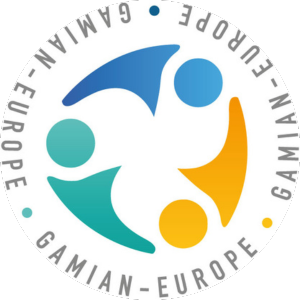
GAMIAN Europe
Presented by Ting-Yun Yen
GAMIAN-Europe (Global Alliance of Mental Illness Advocacy Networks-Europe), a patient-driven pan-European organization, represents the interests of persons affected by mental illness and advocates for their rights. Its main objectives are: advocacy, information and education, anti-stigma and discrimination, patients’ rights, co-operation, partnerships and capacity building.
International Brain Research Organization
Presented by Ting-Yun Yen
The Pan European Regional Committee (PERC) of the International Brain Research Organization (IBRO) is a global organization resulting from the union of neuroscience organizations with the aim to promote and support neuroscience training and collaborative research around the world. The IBRO-PERC is a PanEuropean Regional Committee supporting the IBRO mission and helping to plan and implement IBRO activities in Europe.

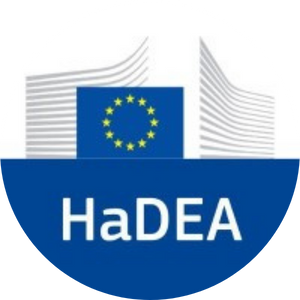
European Health and Digital Executive Agency
Presented by Sameer Zuberi
HaDEA’s mission consists in implementing actions that strengthen Europe in the domains of health, food safety, digital technologies and networks, industrial capacities and space. The Agency provides high-quality and service-oriented support for a healthier, fairer and more resilient European society and a more competitive European industry. HaDEA ensures that the projects it manages deliver concrete results that benefit the lives of all EU citizens and provides the European Commission with valuable input for its policies.




